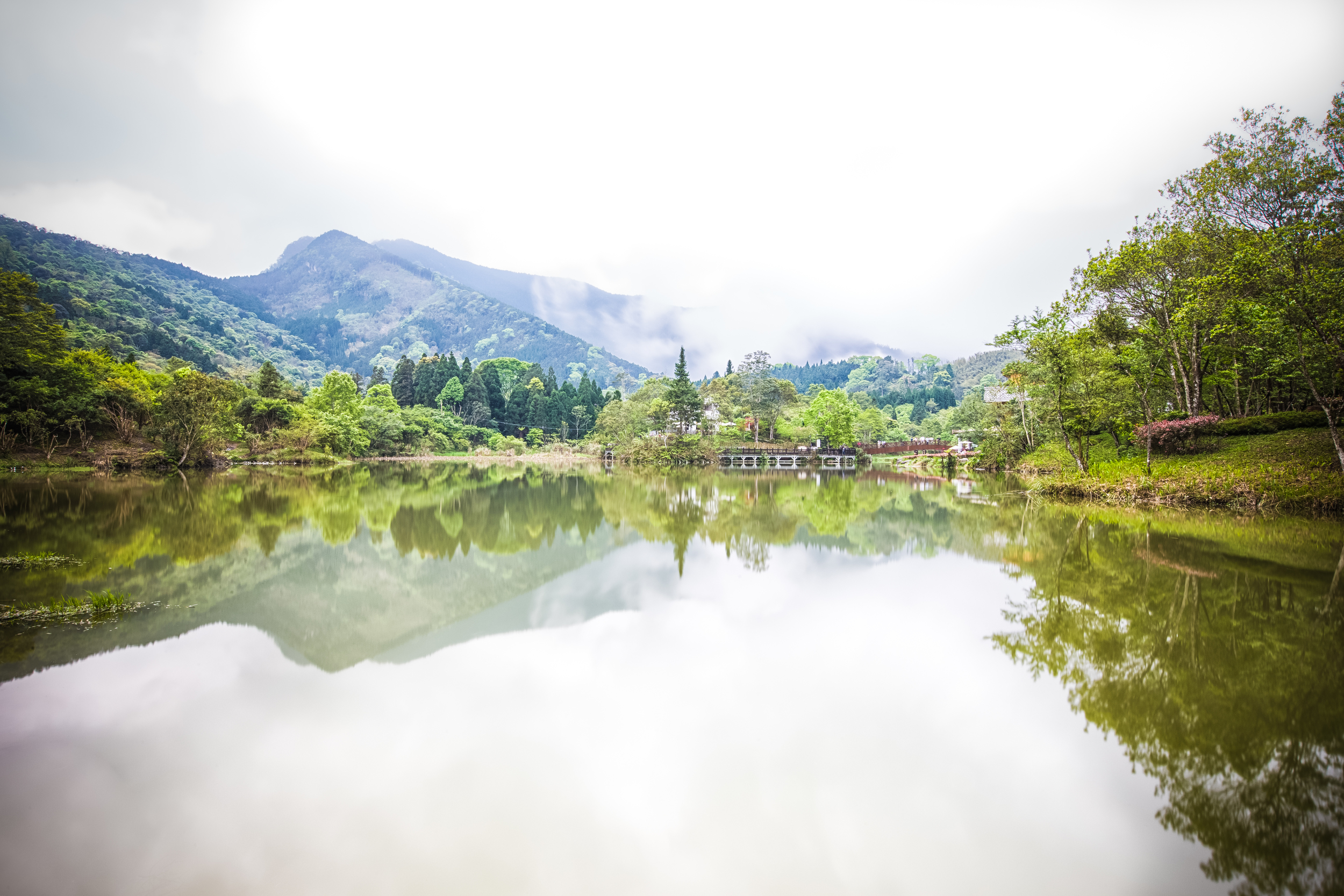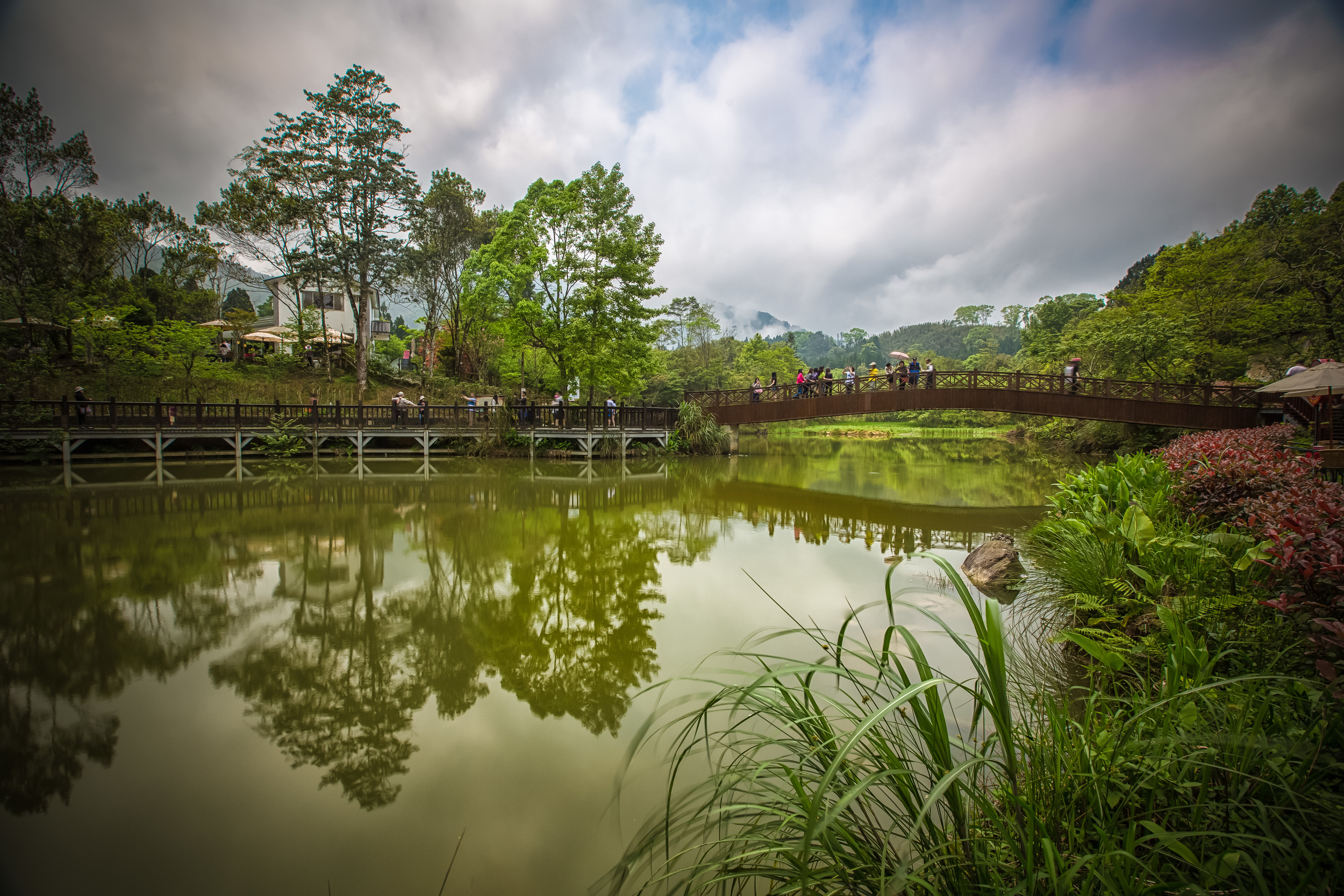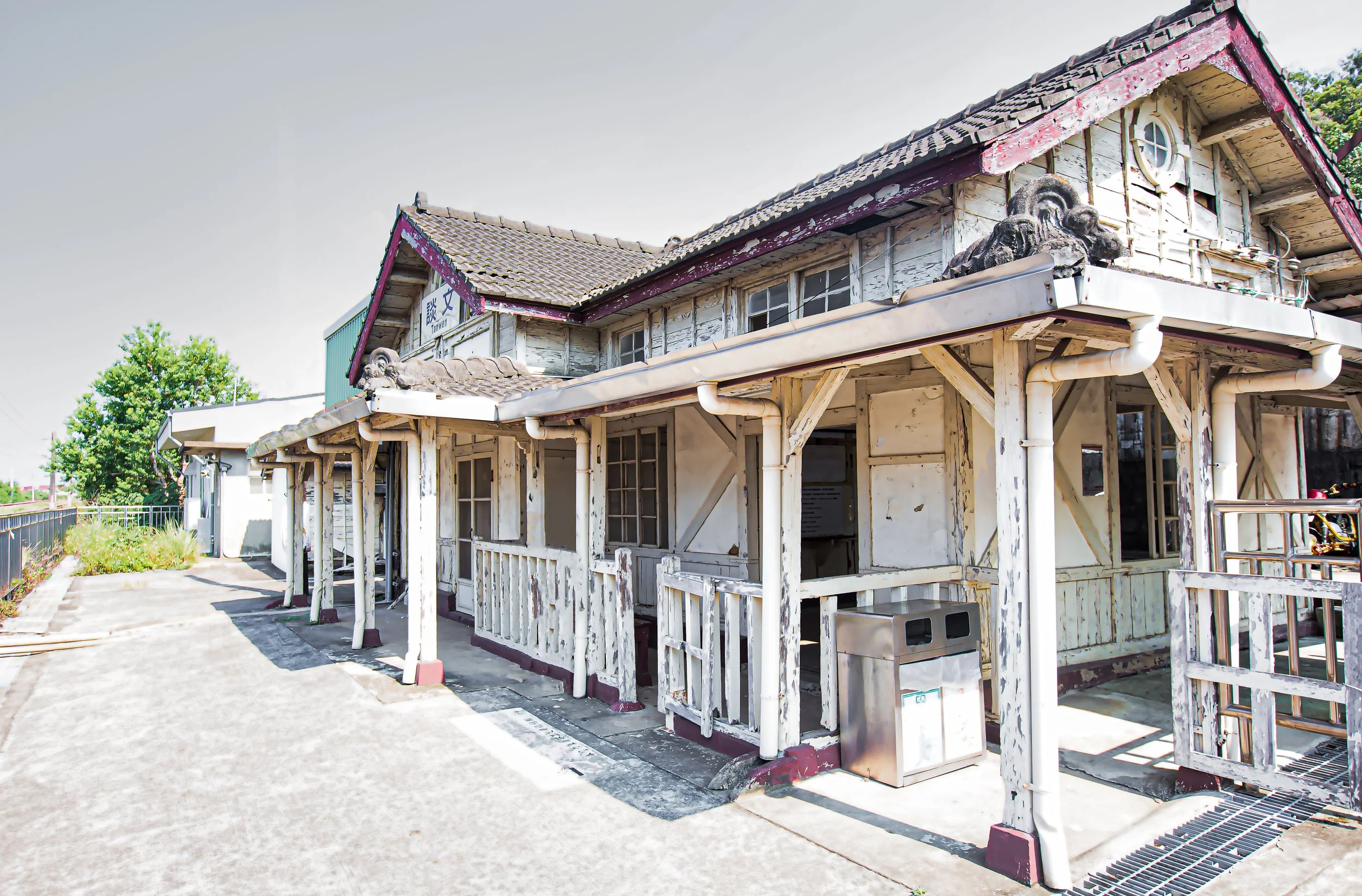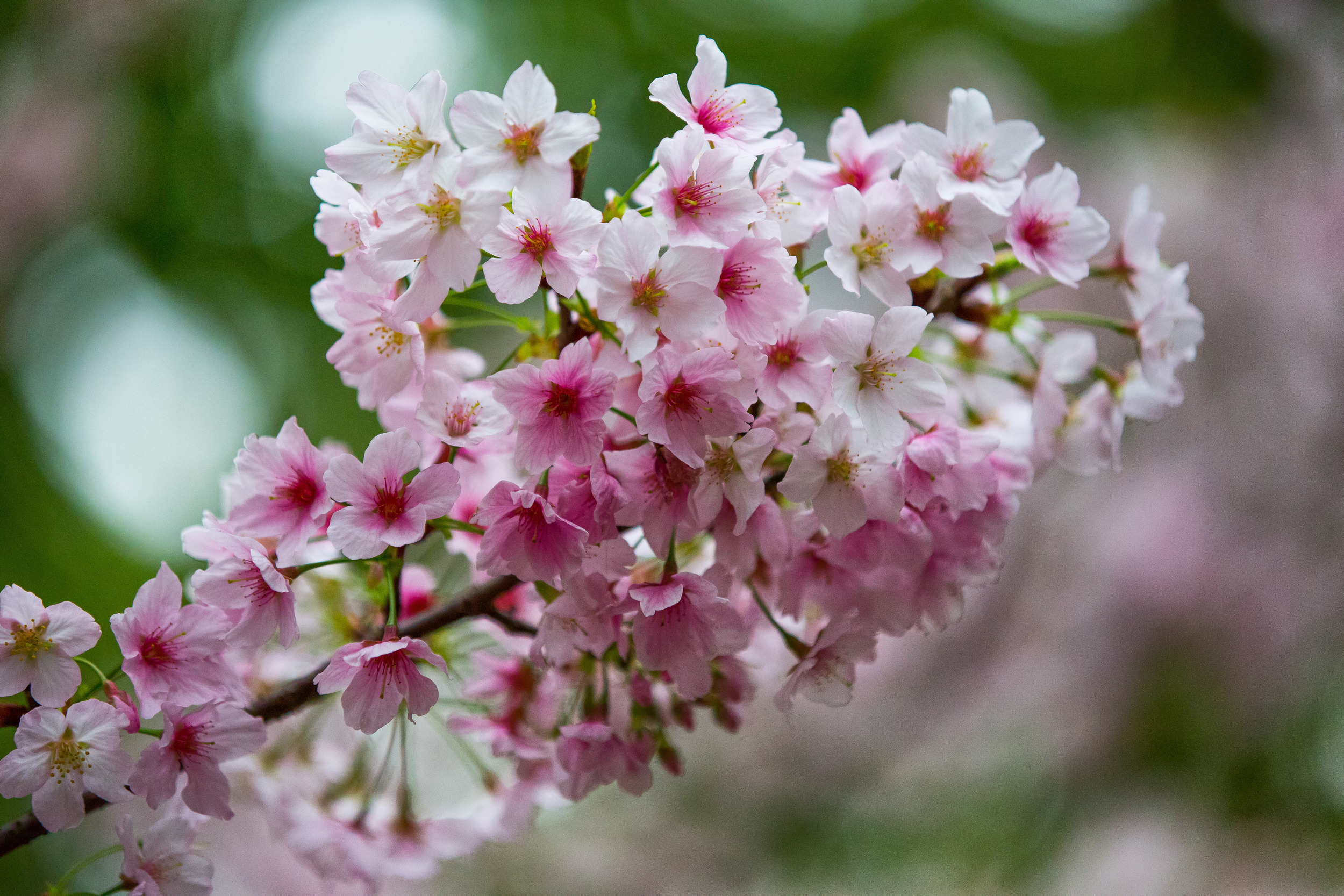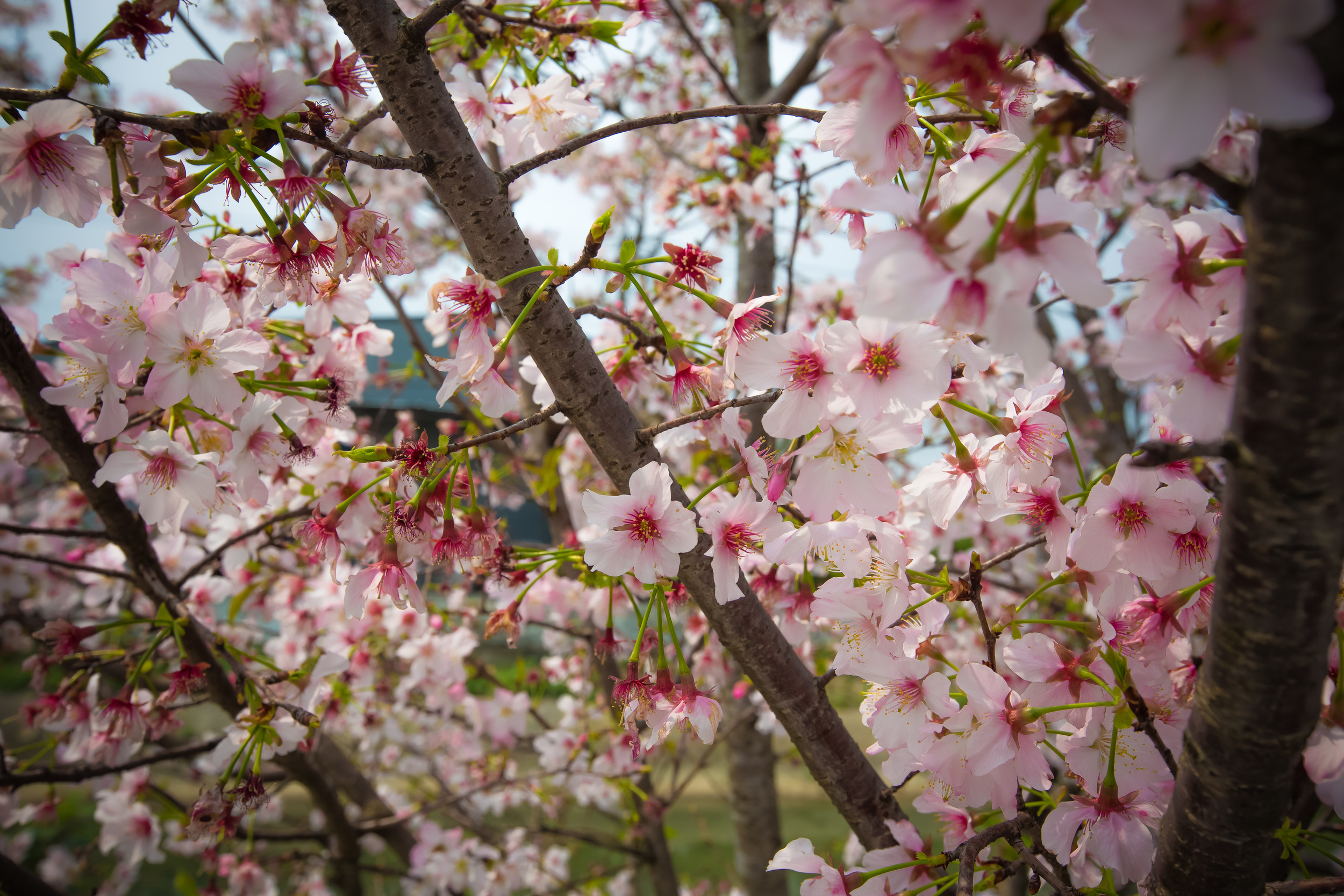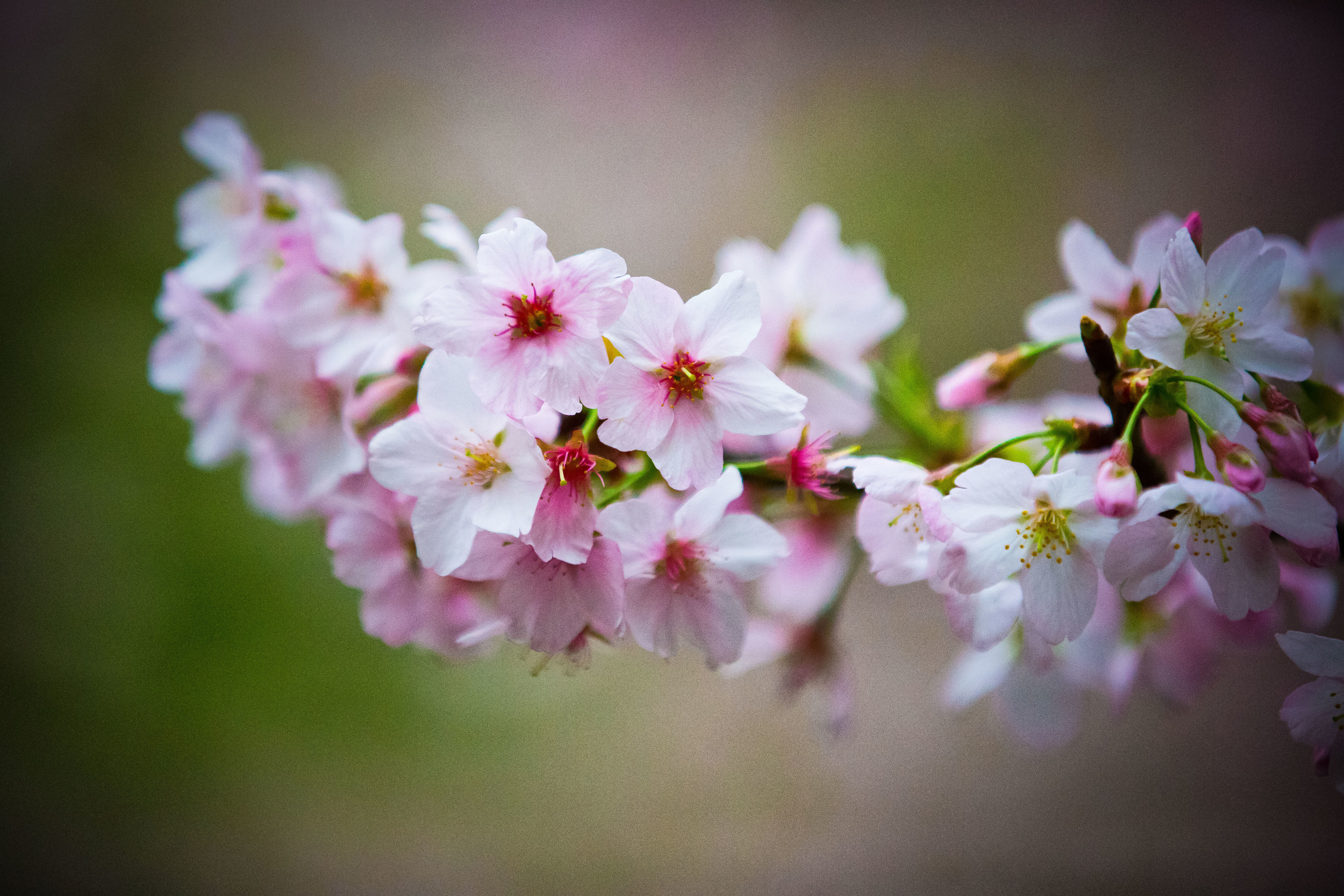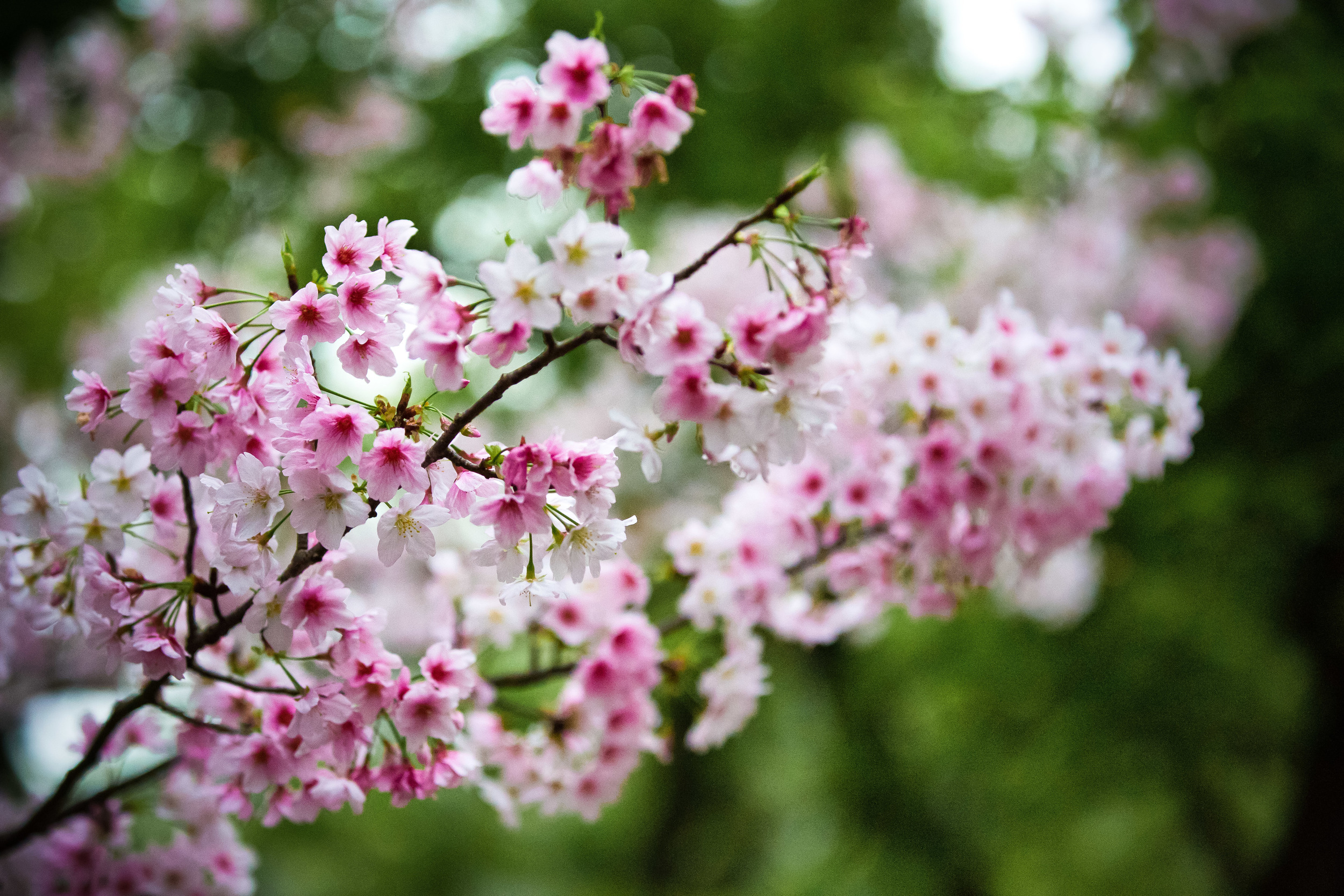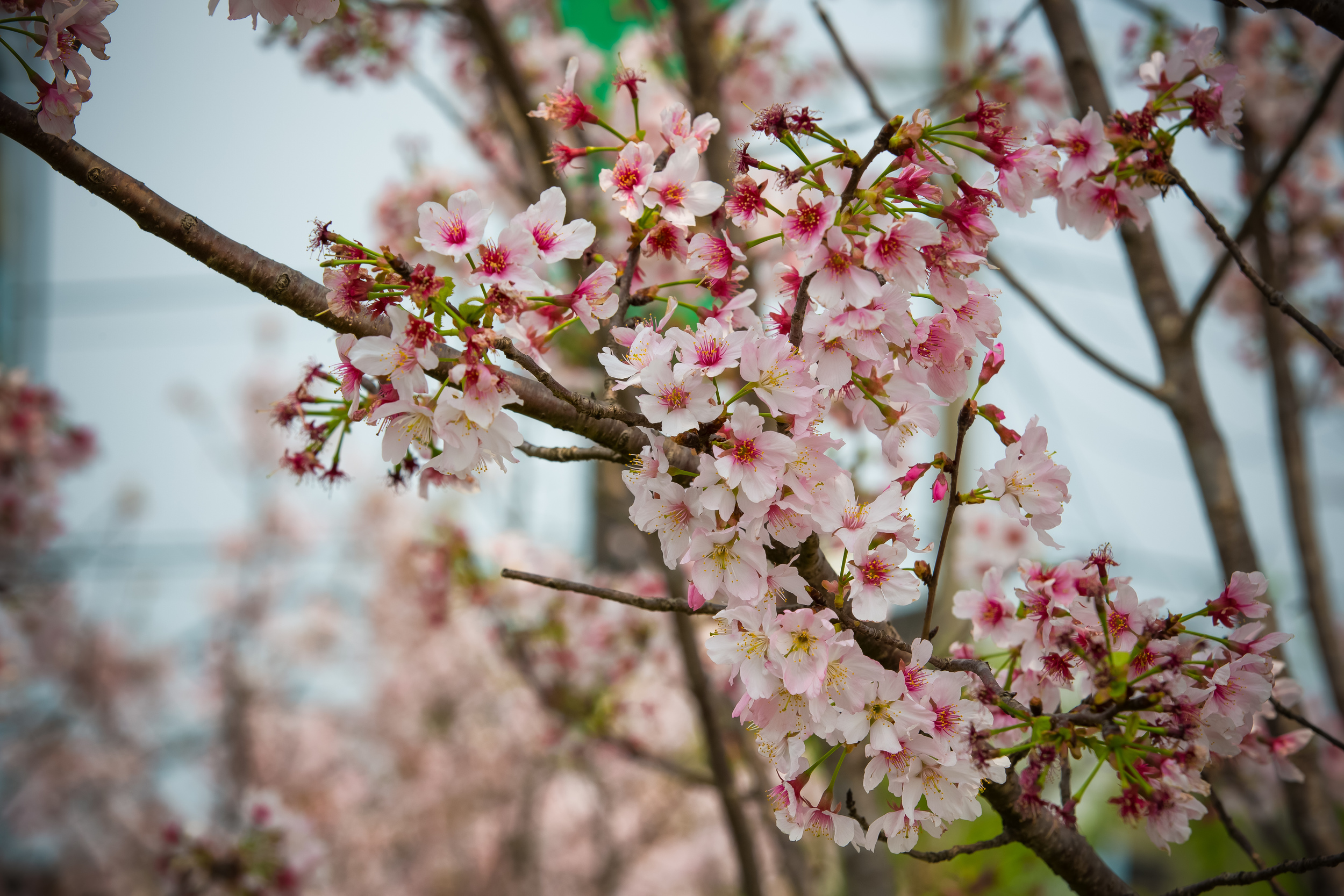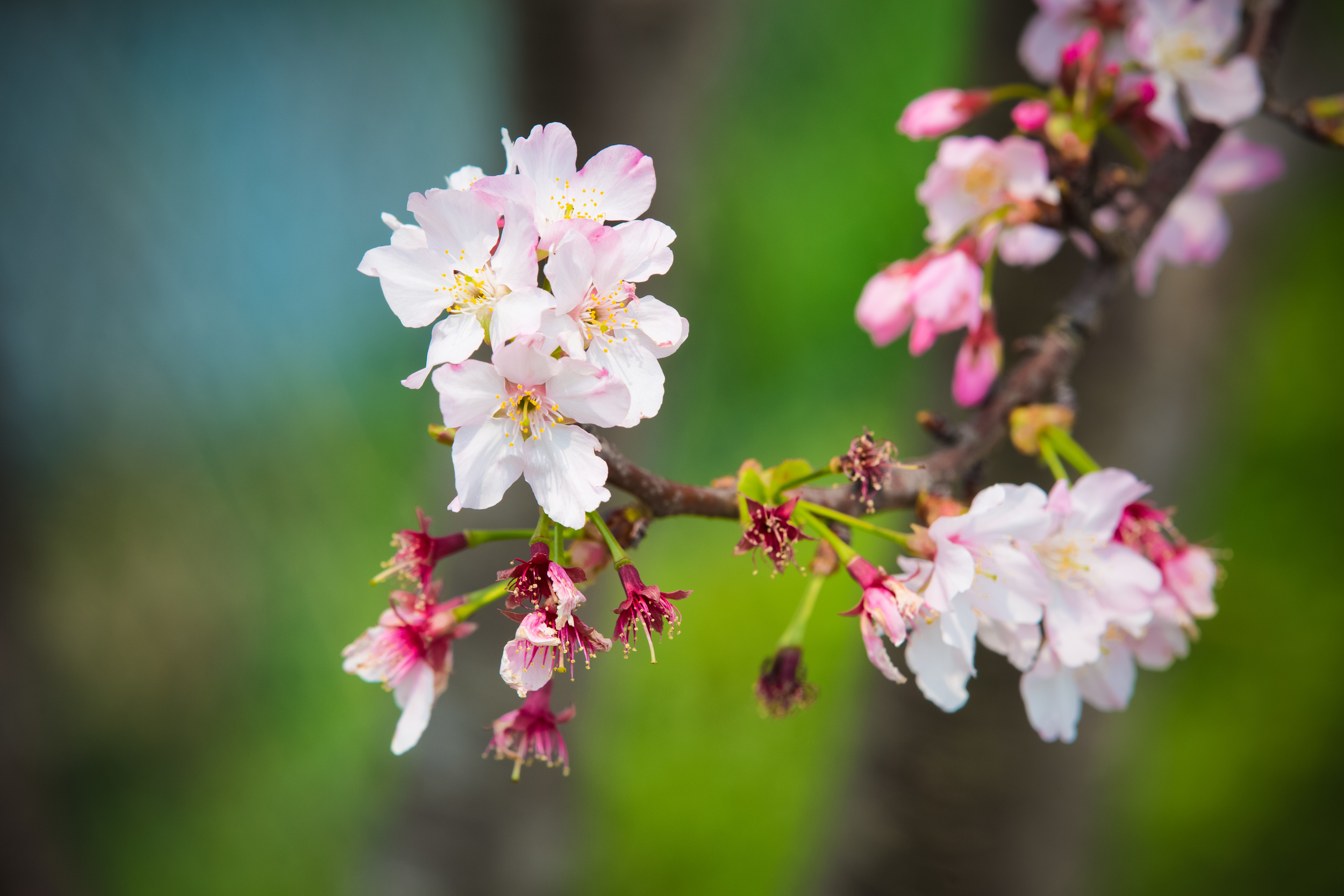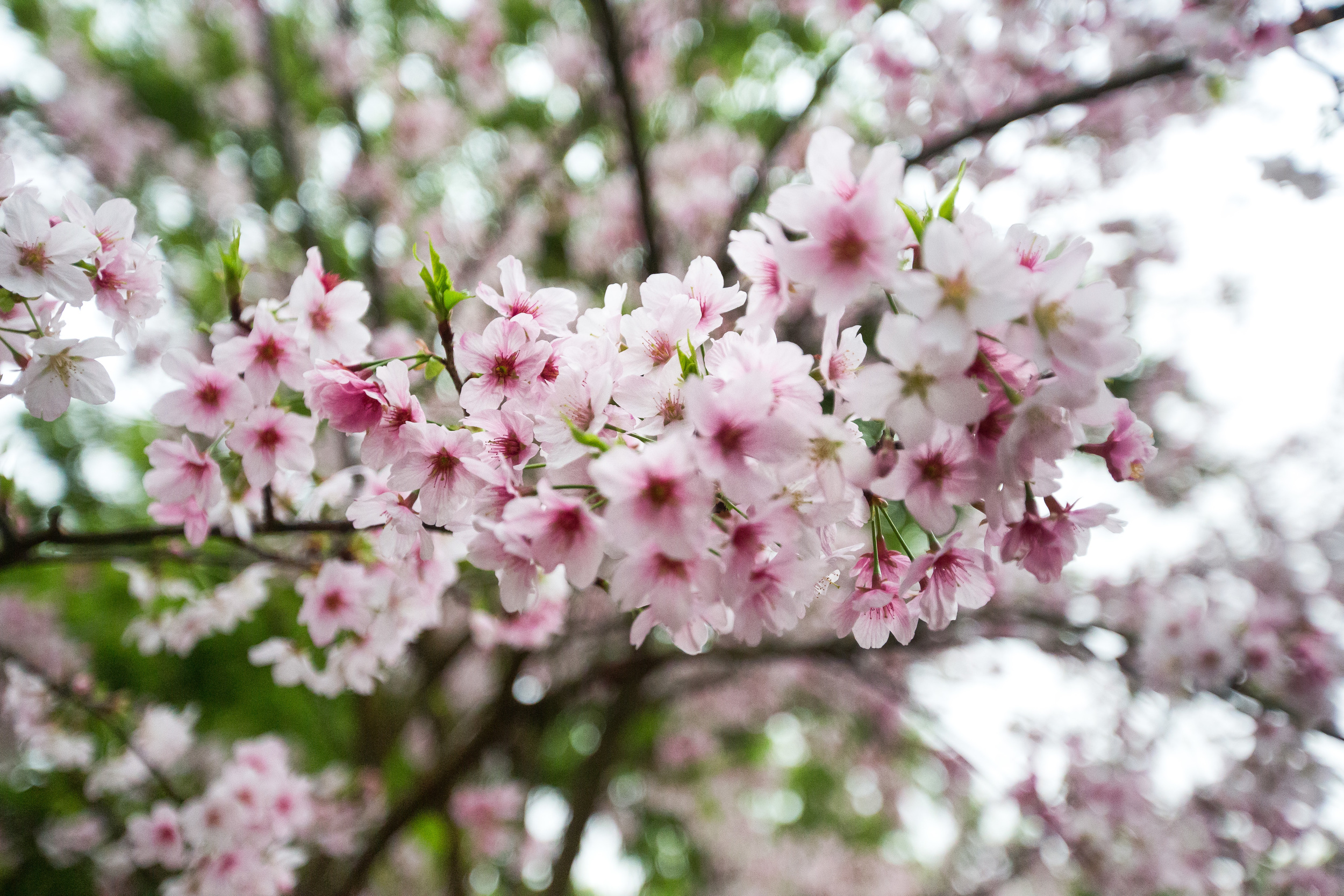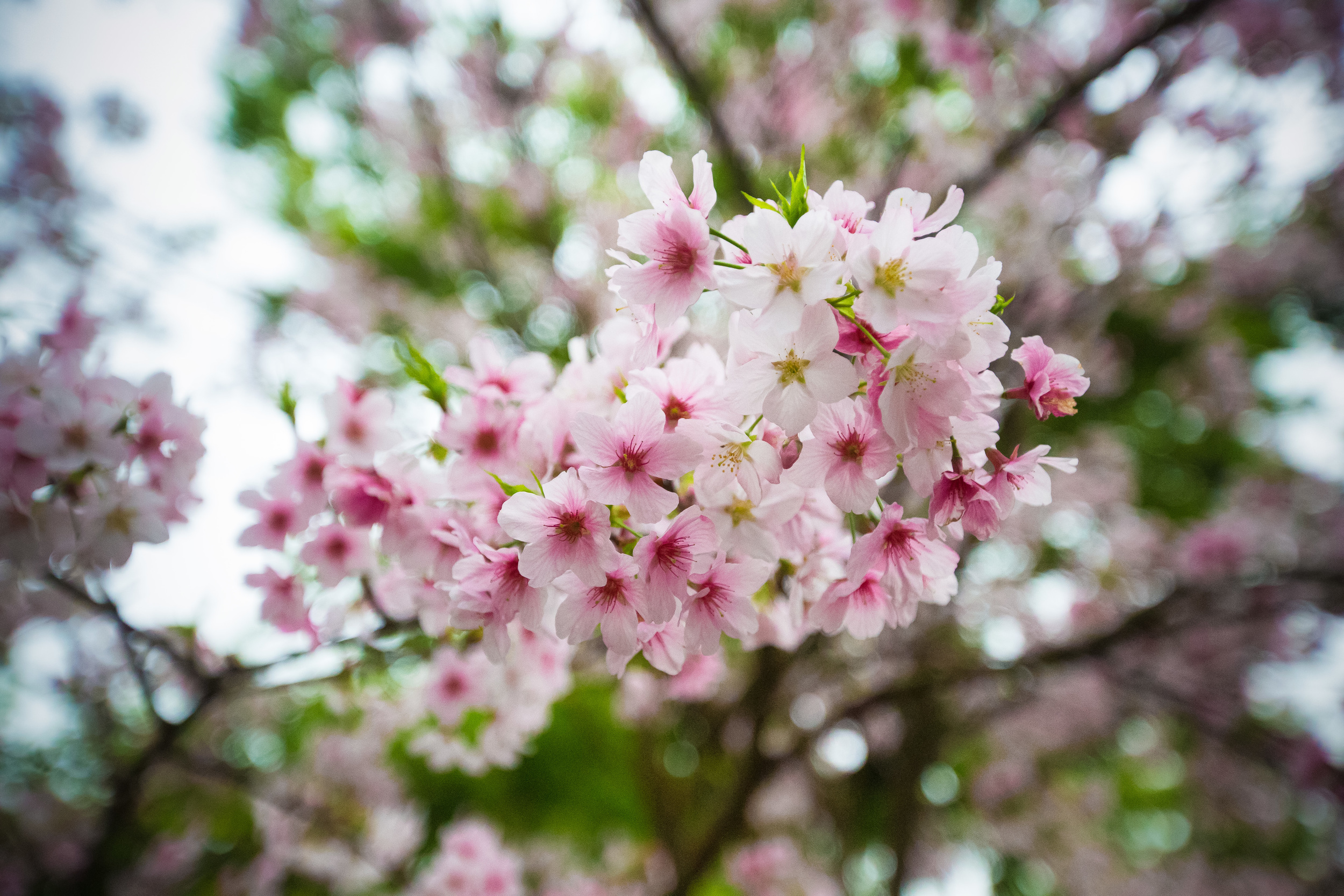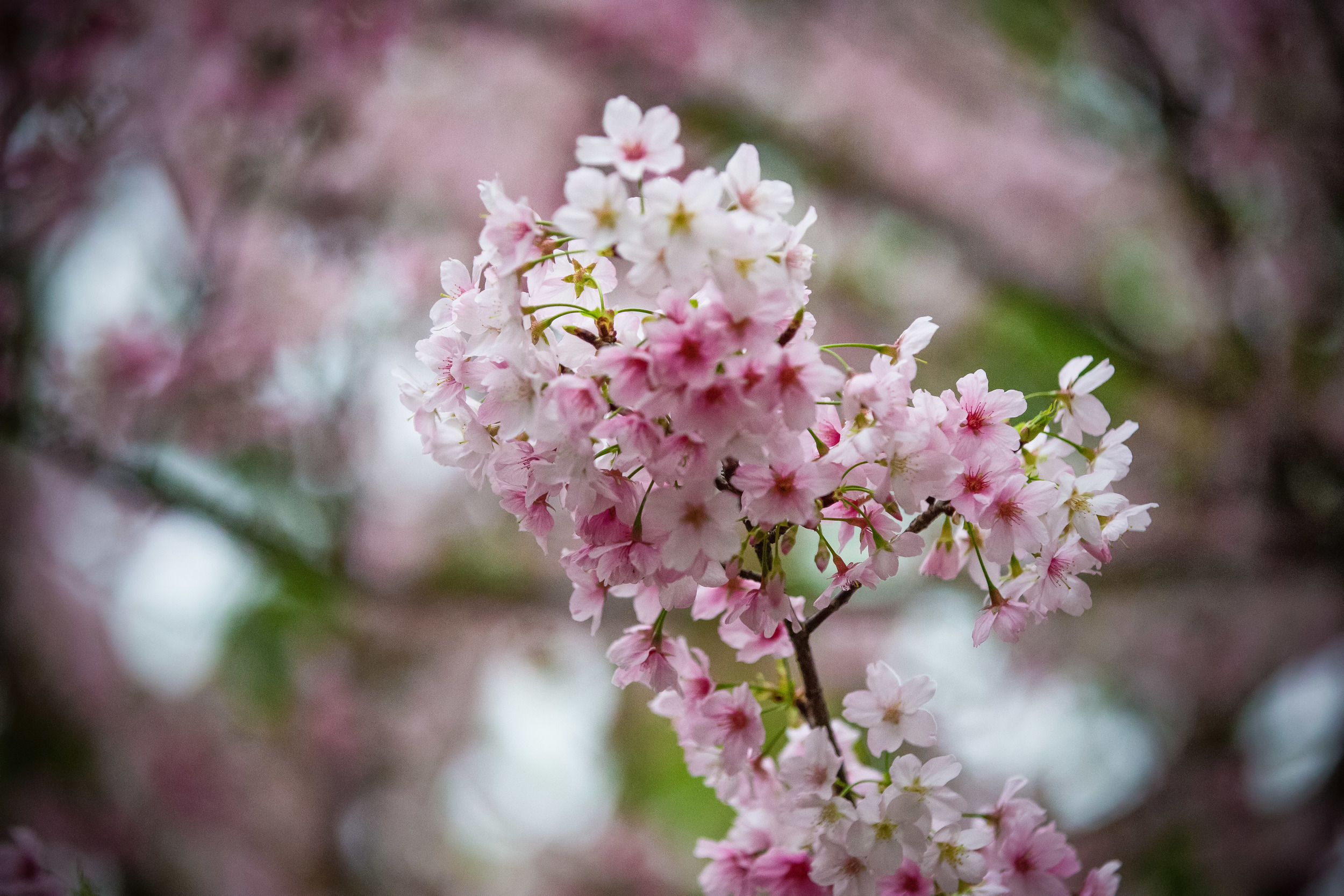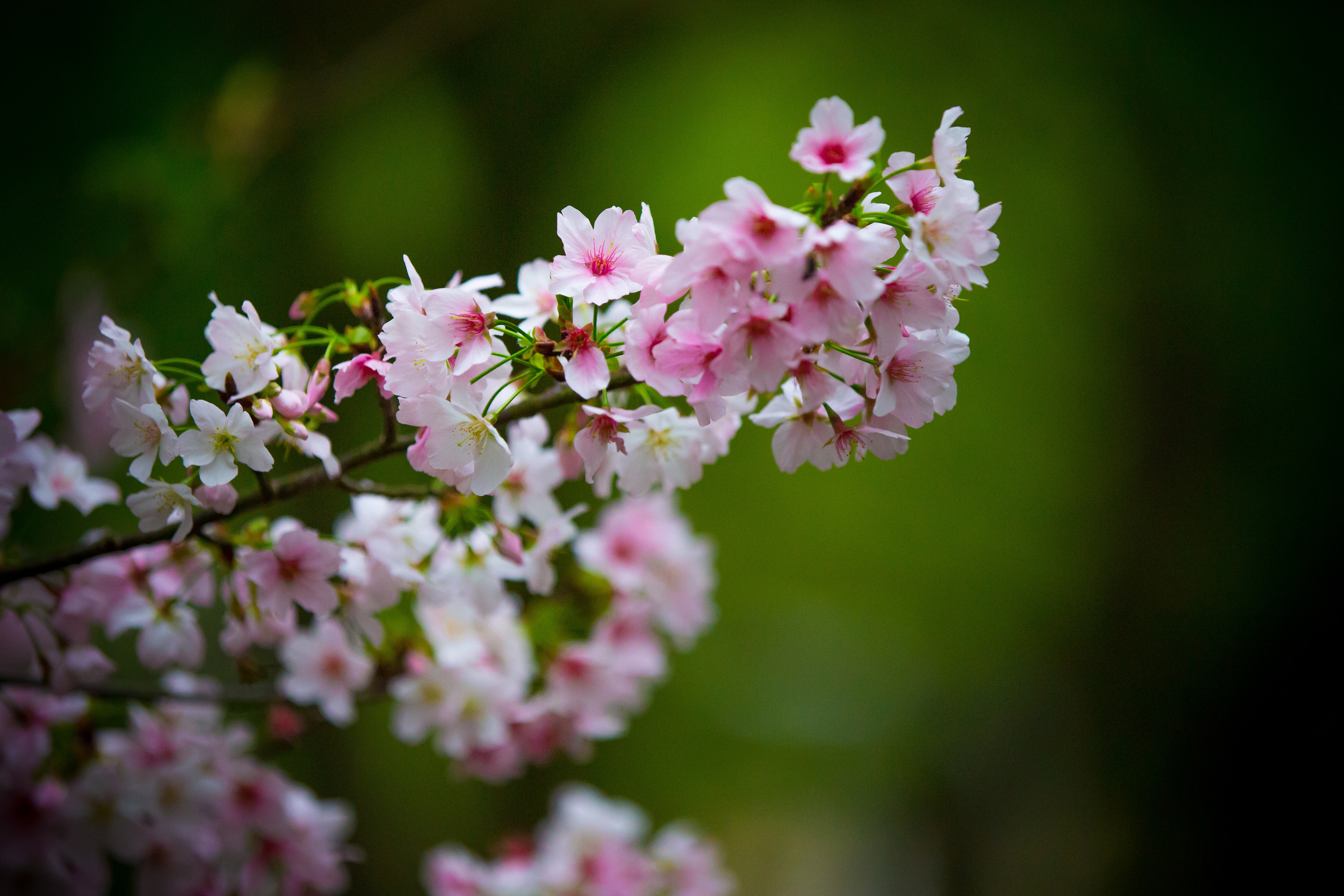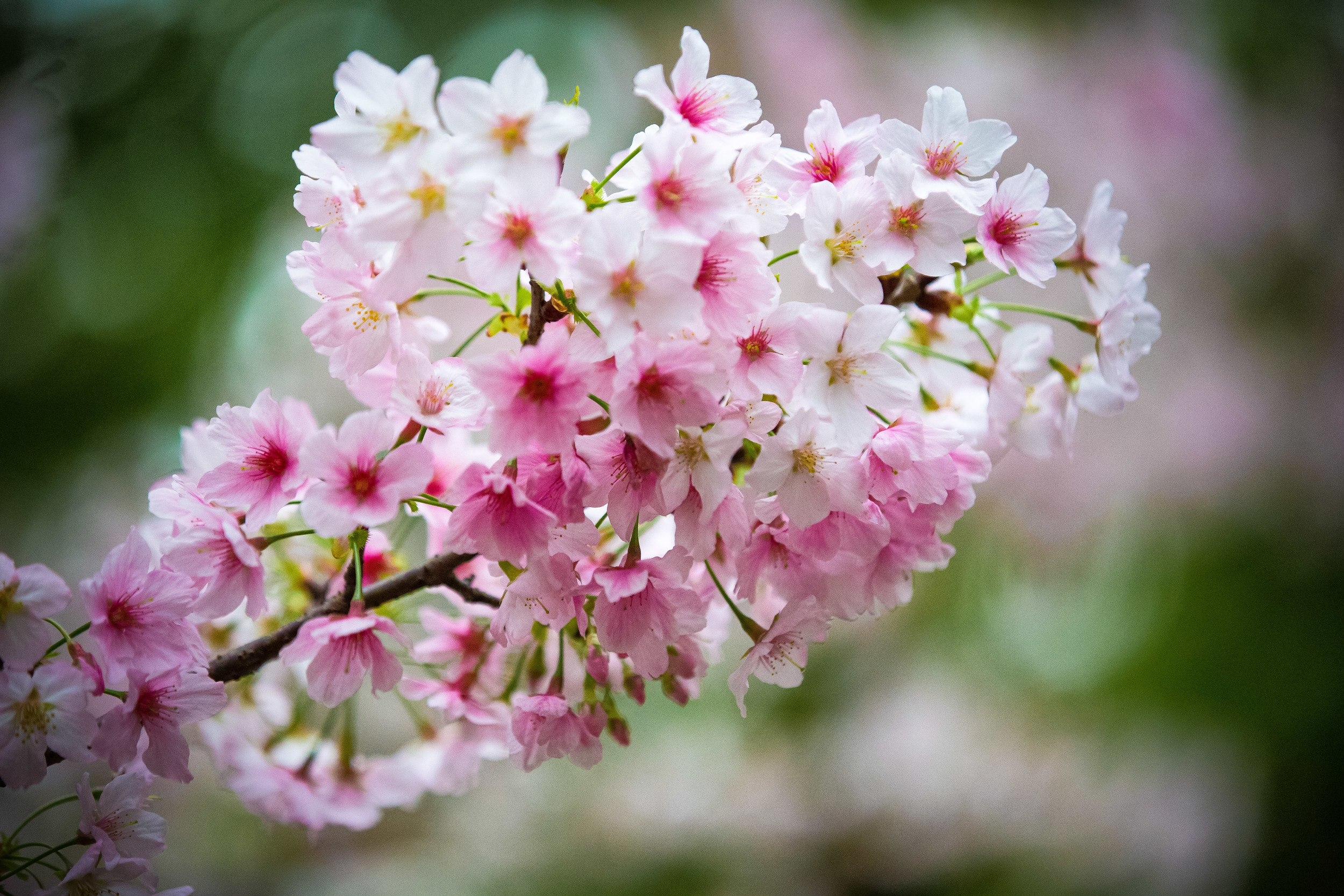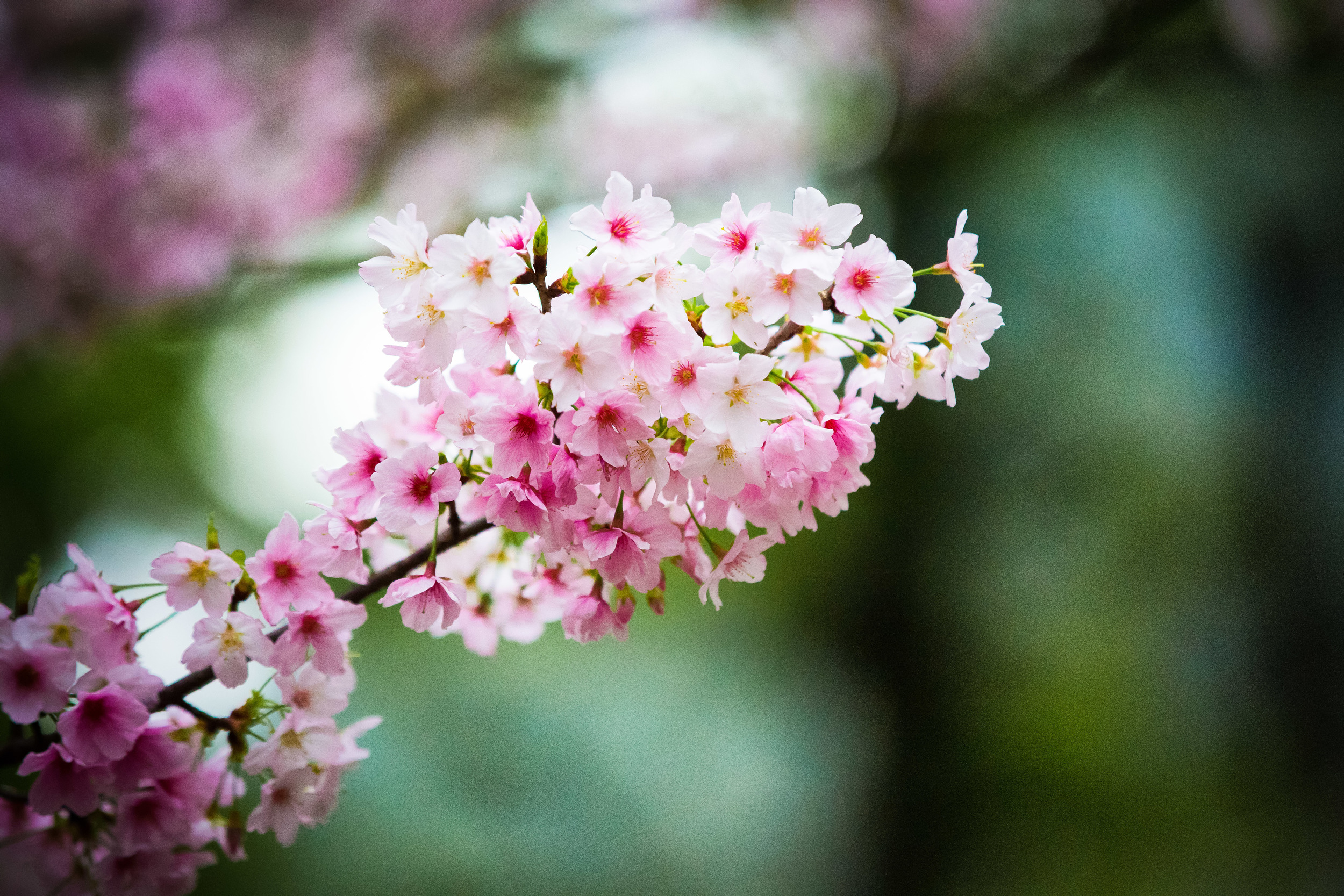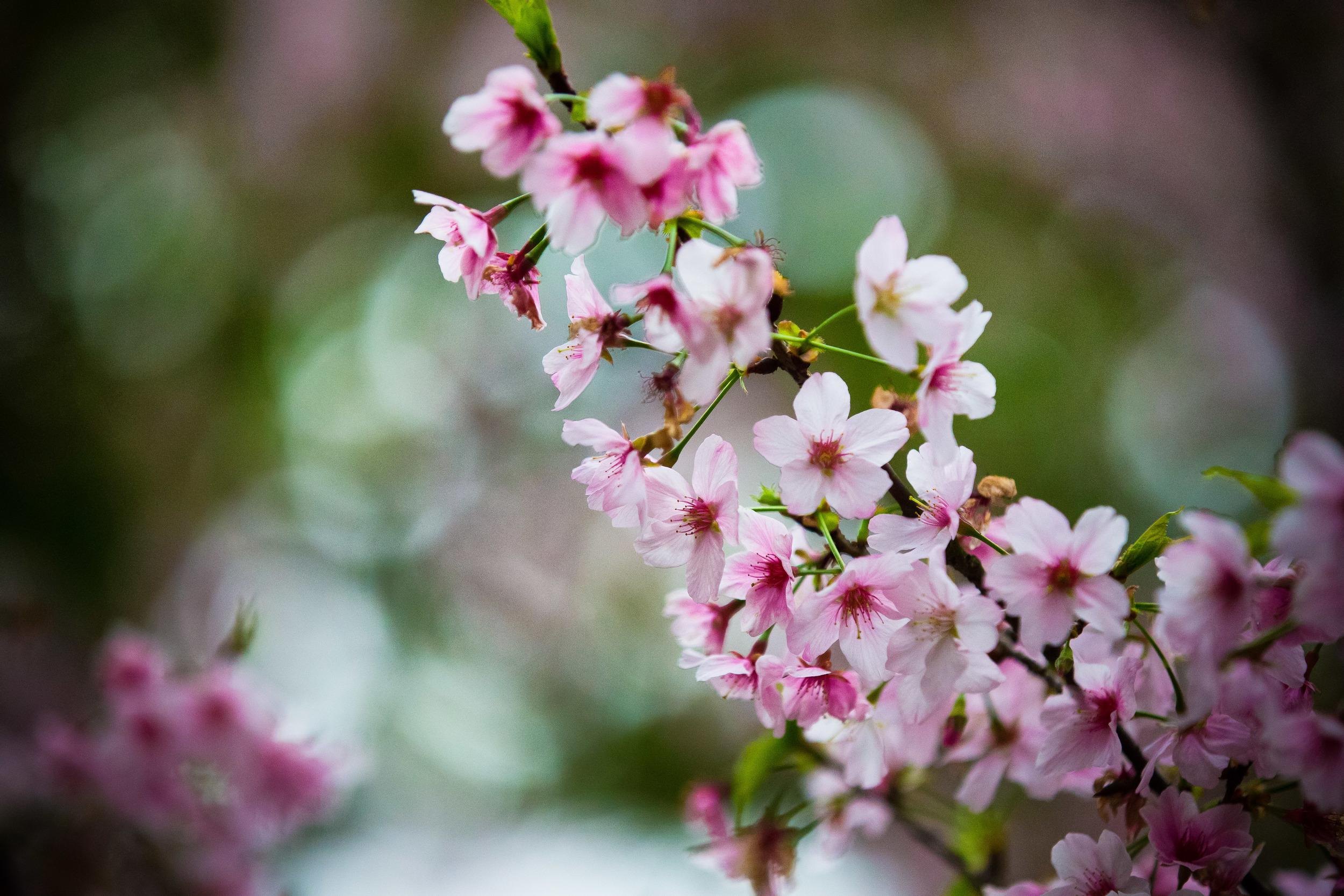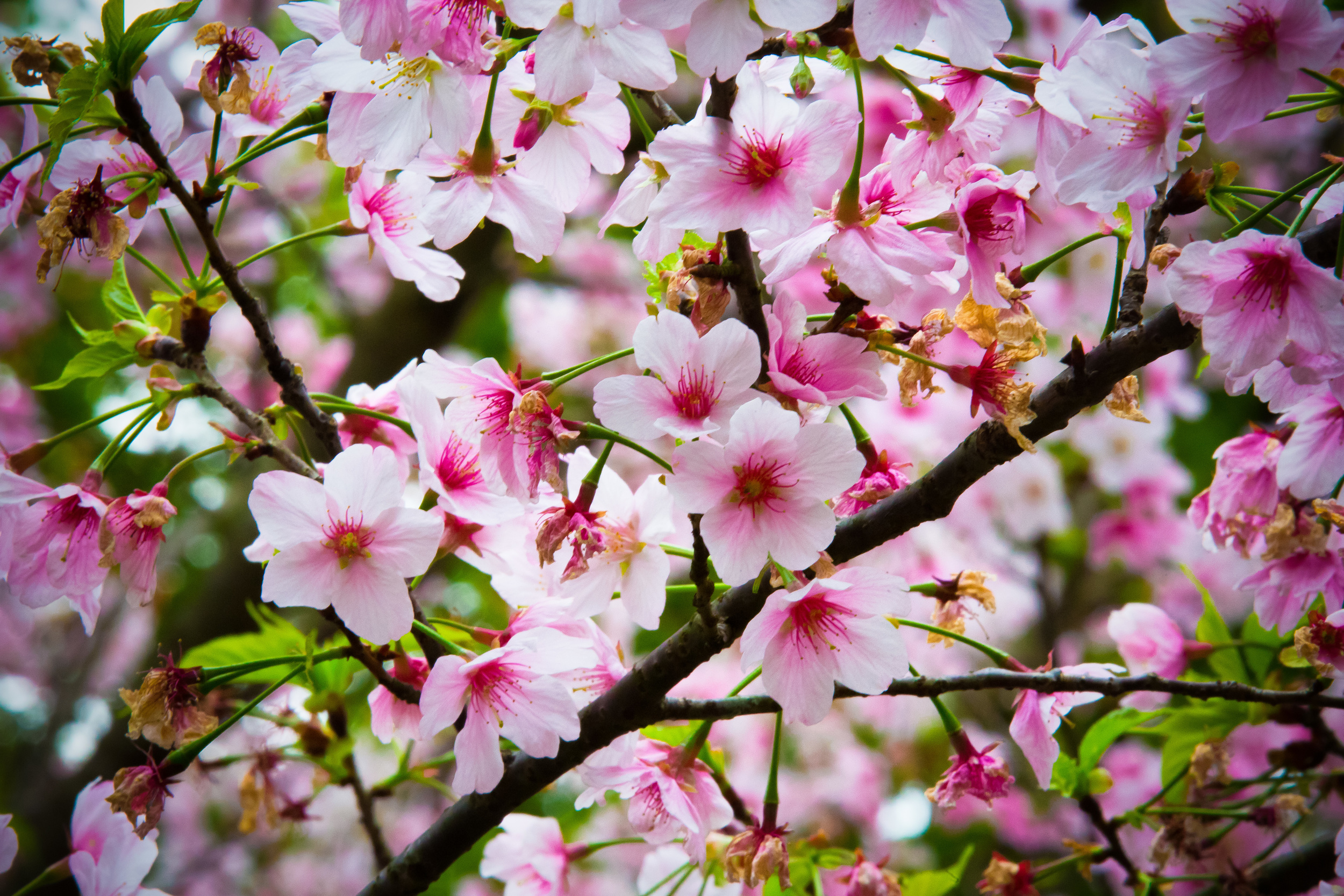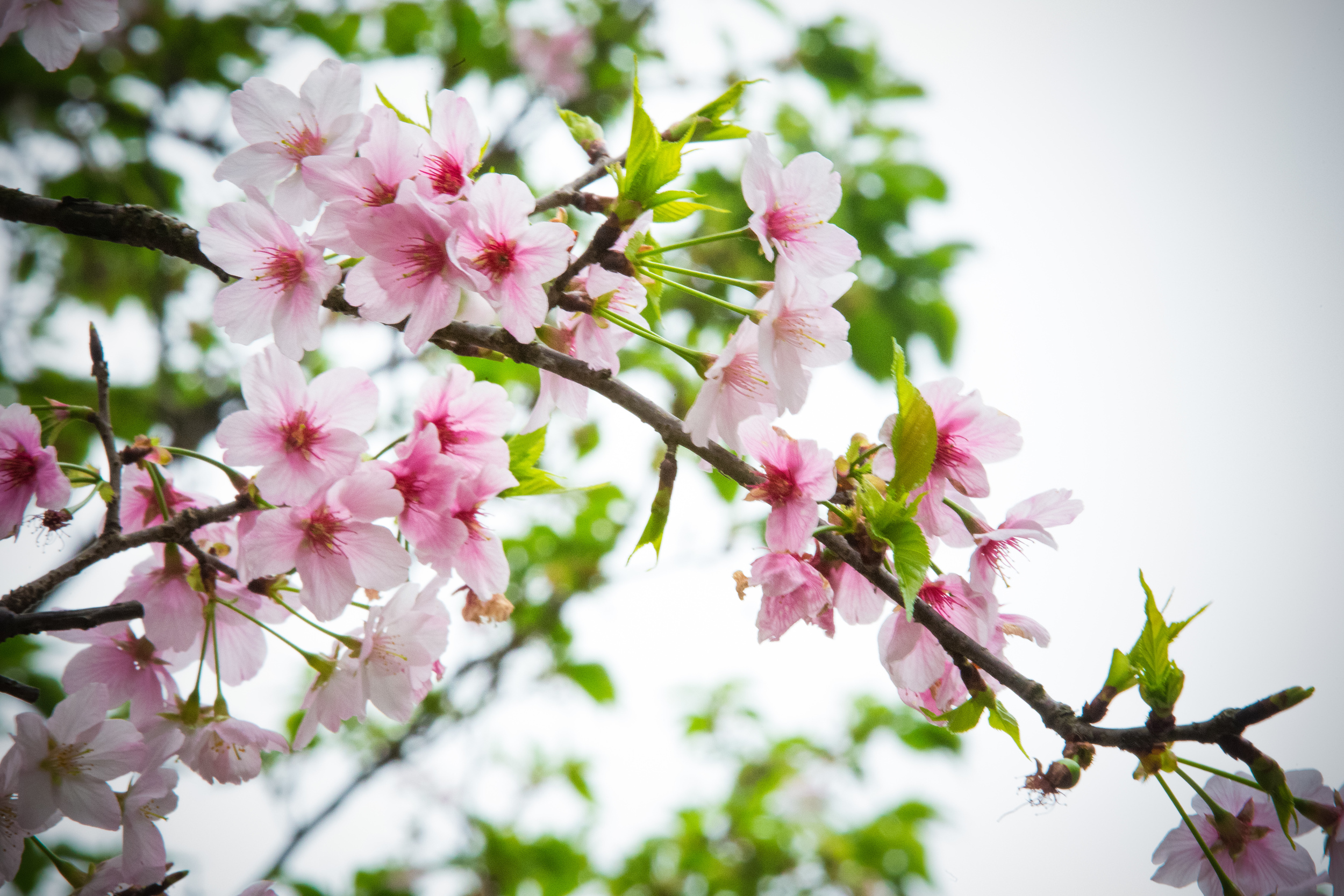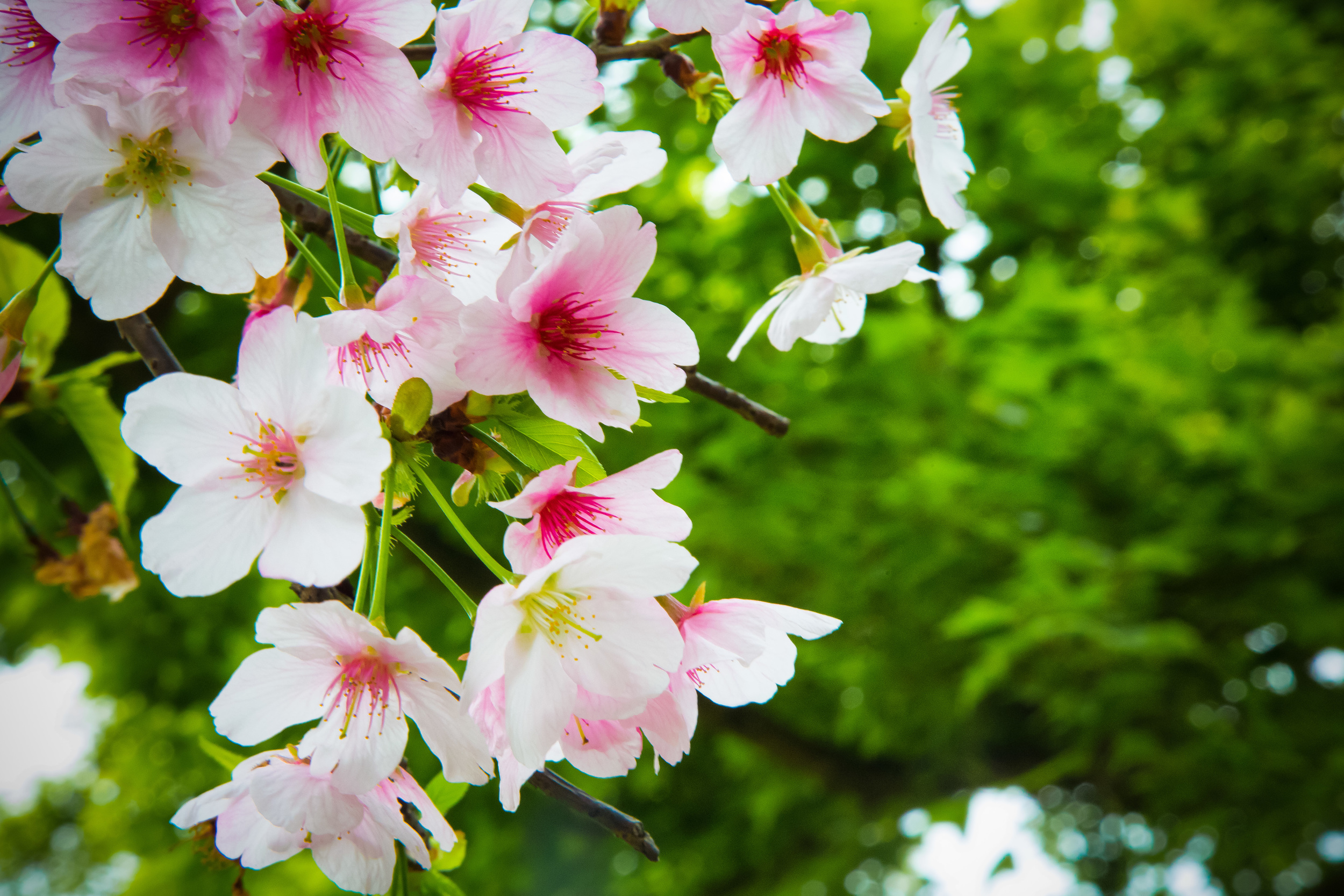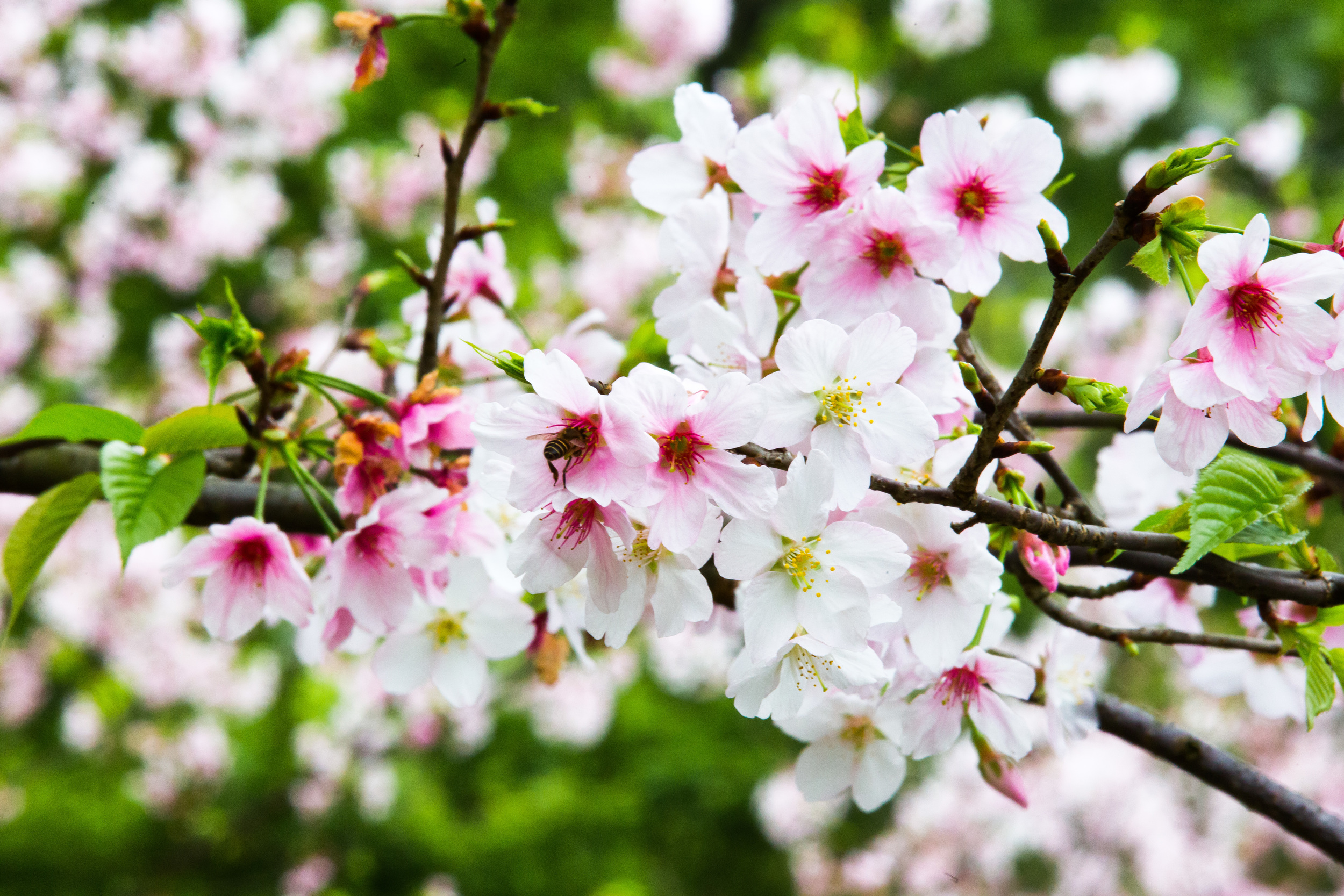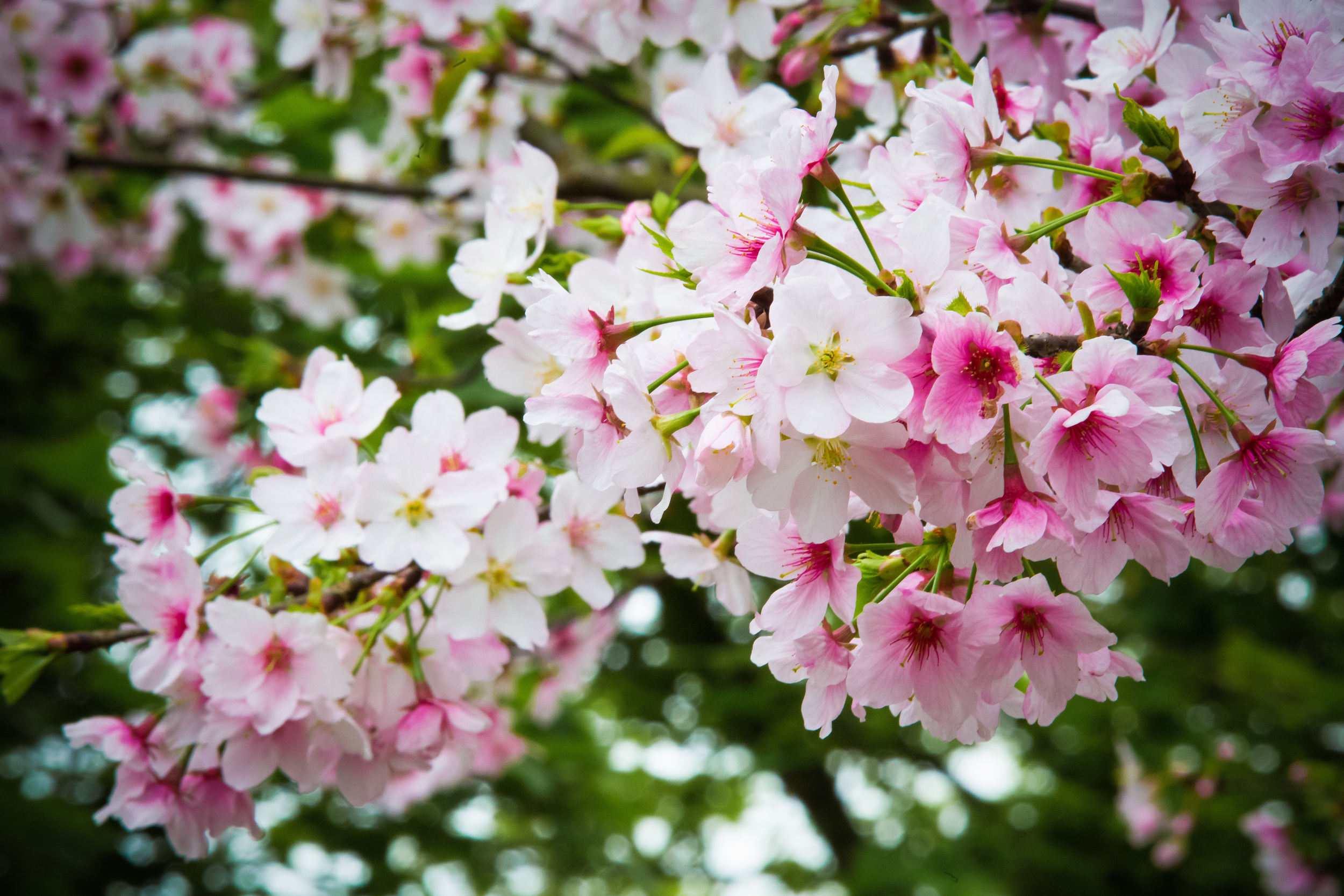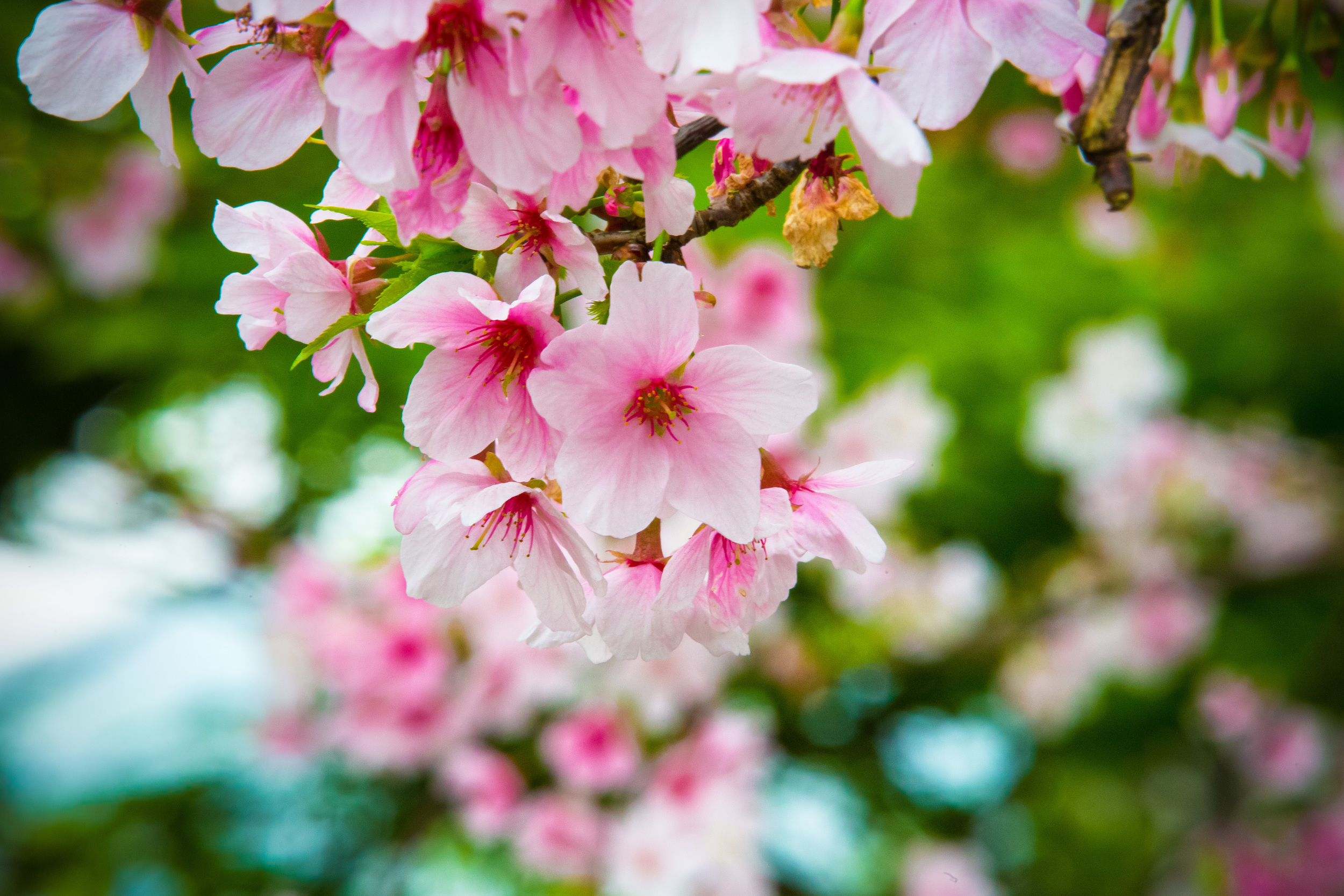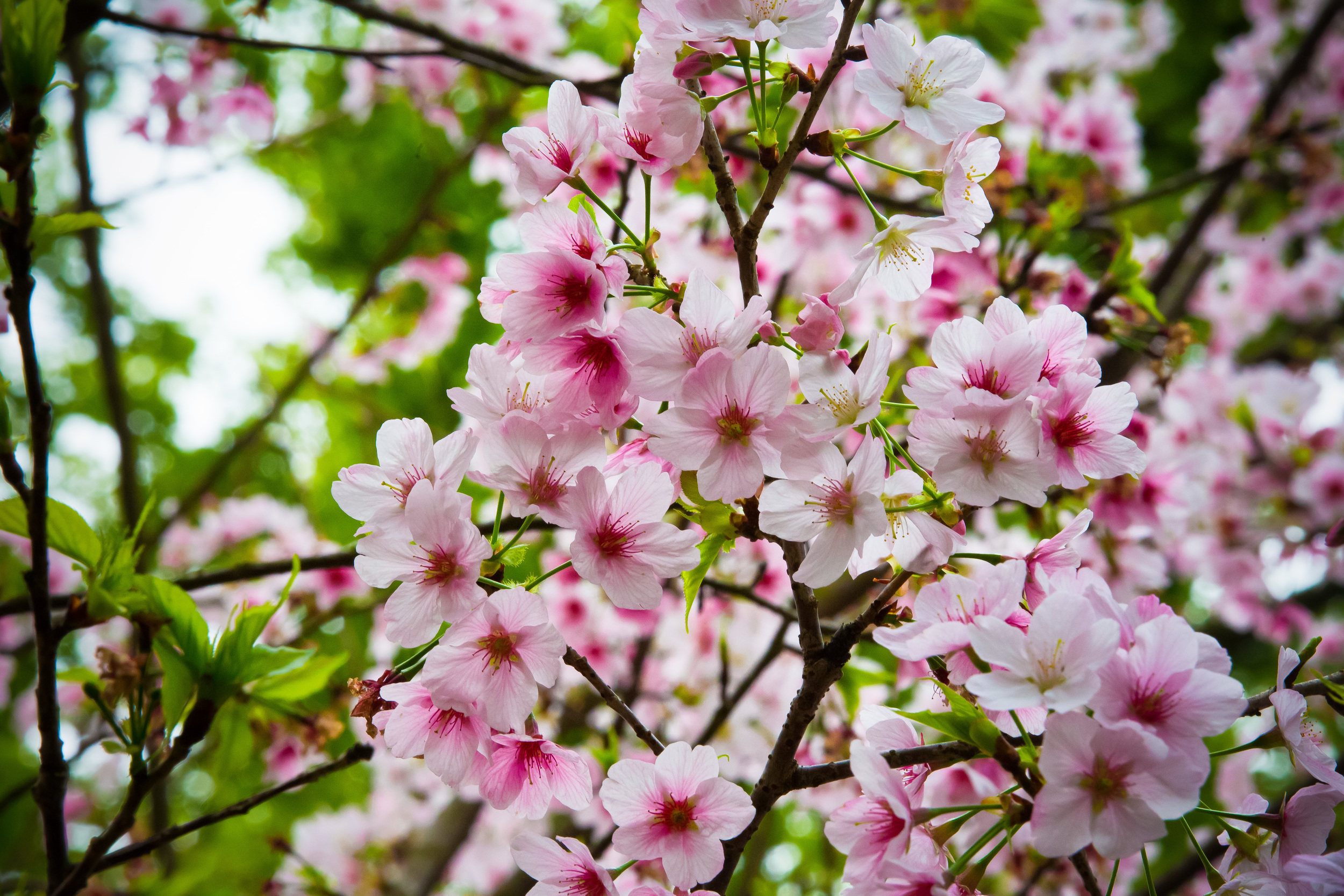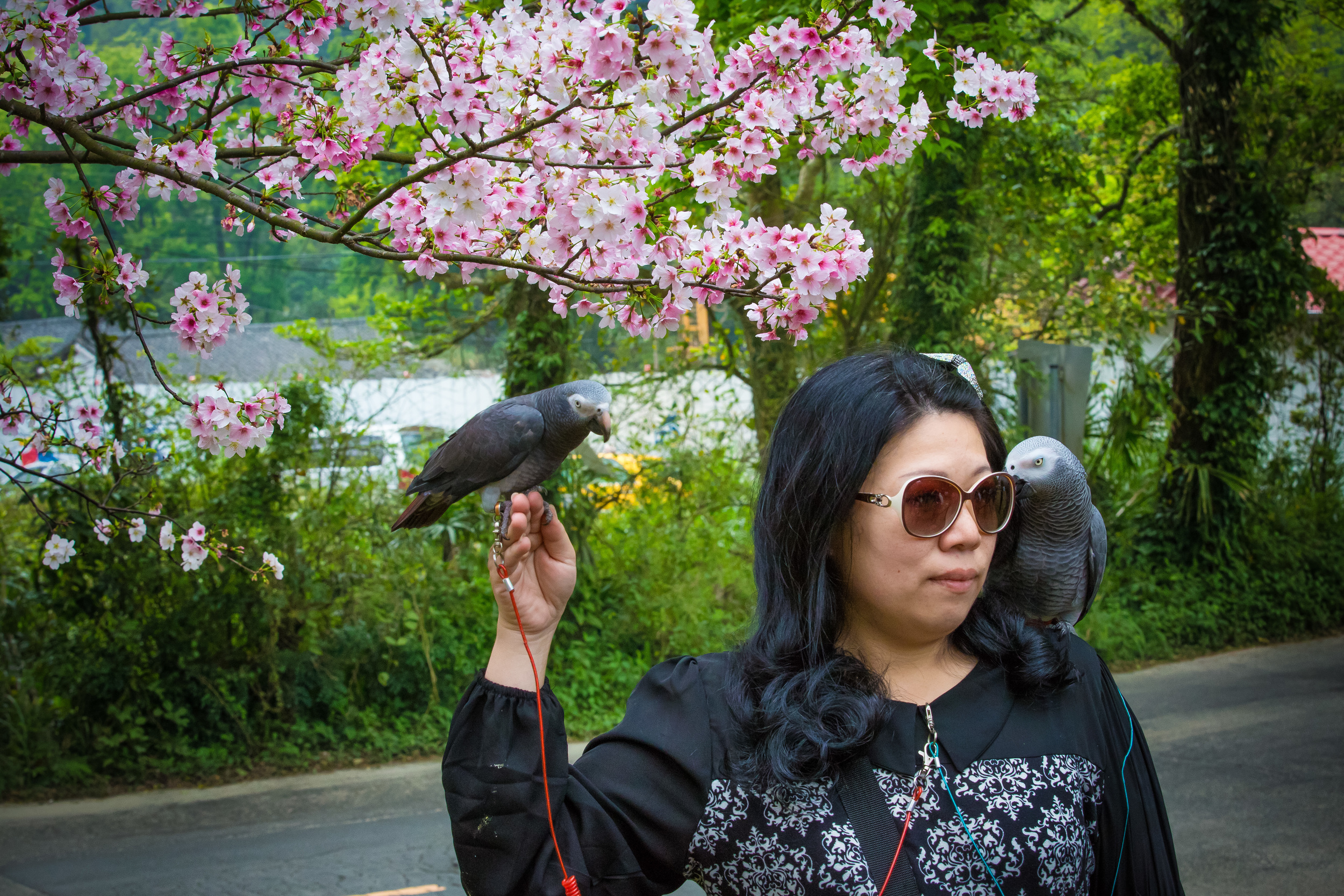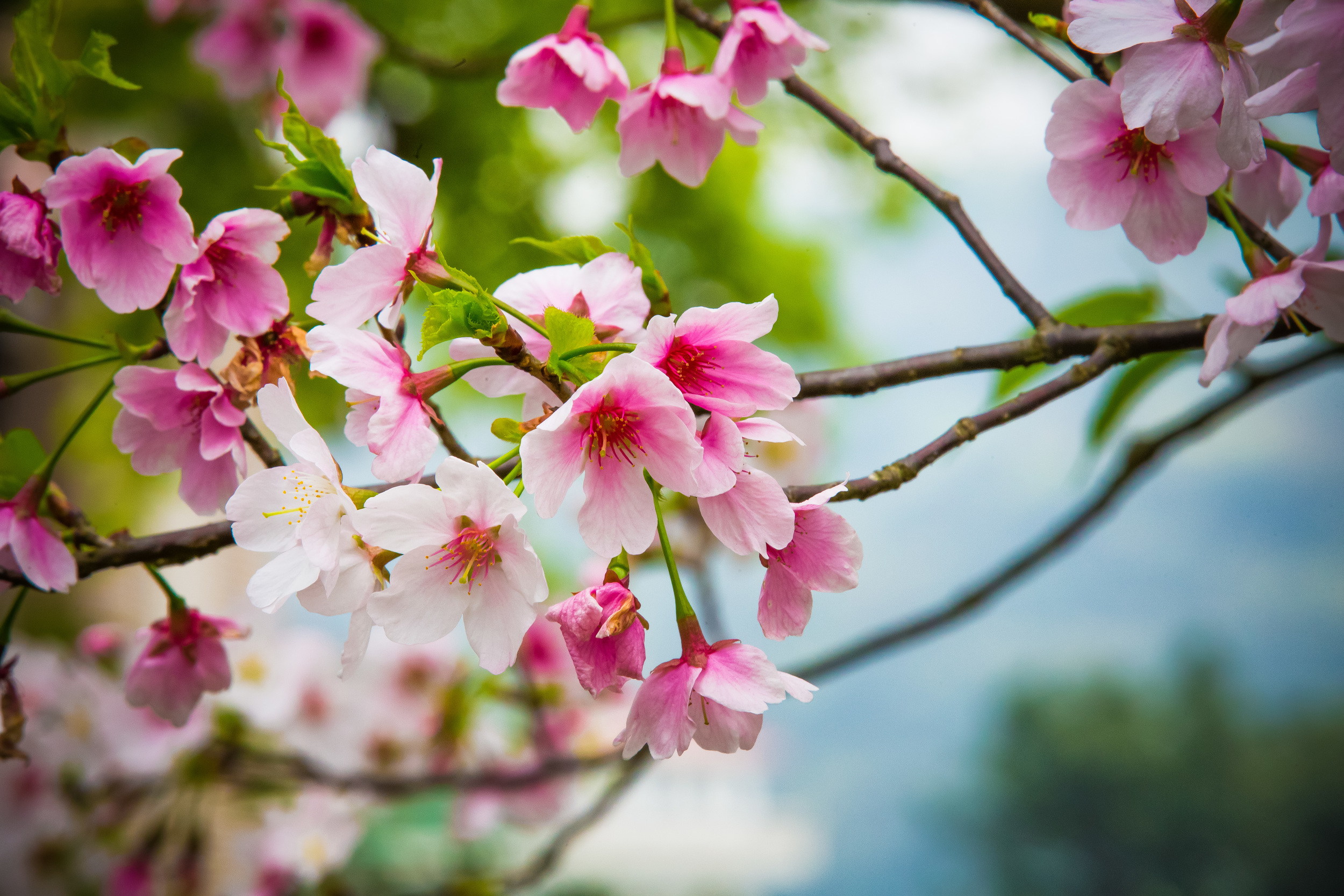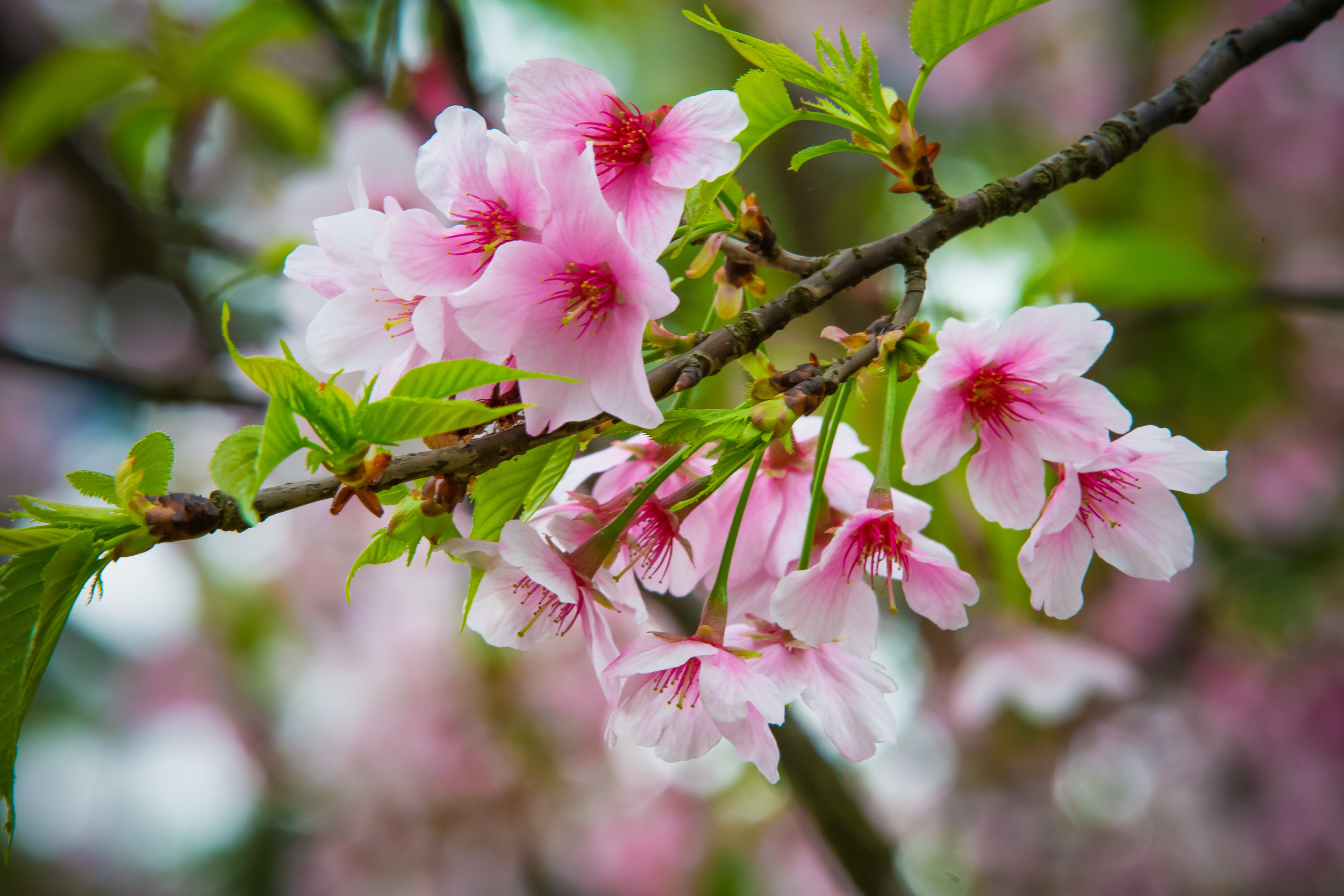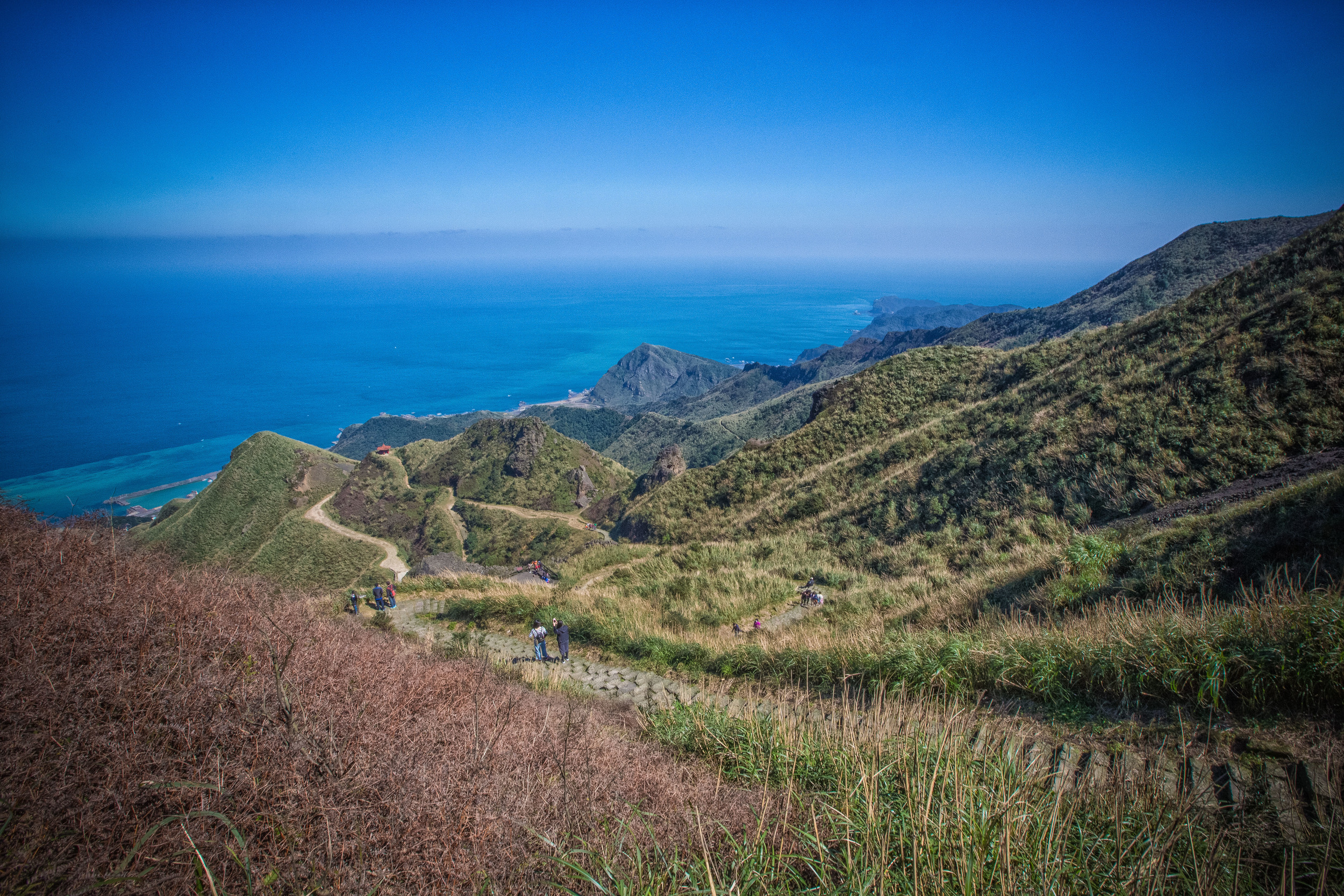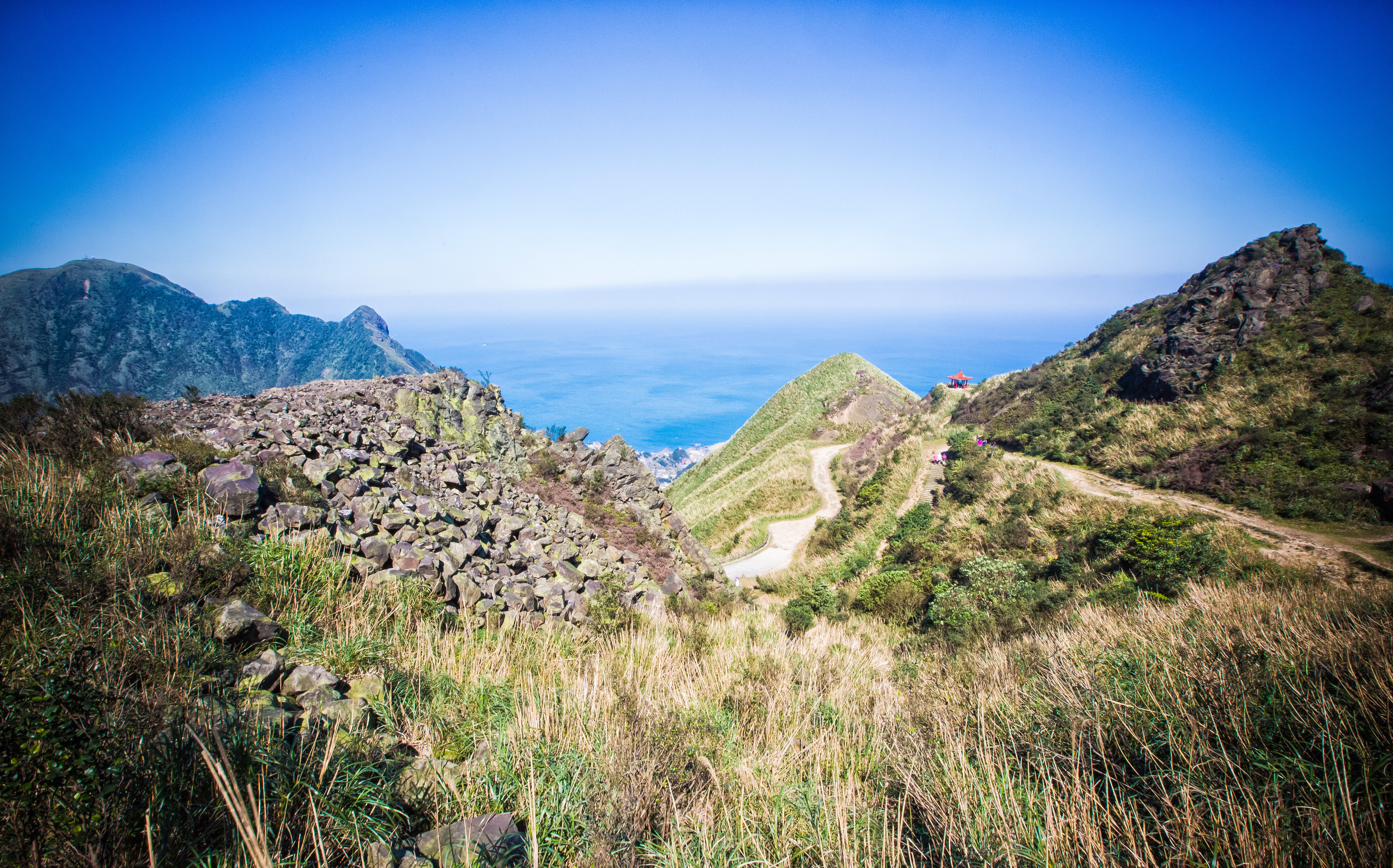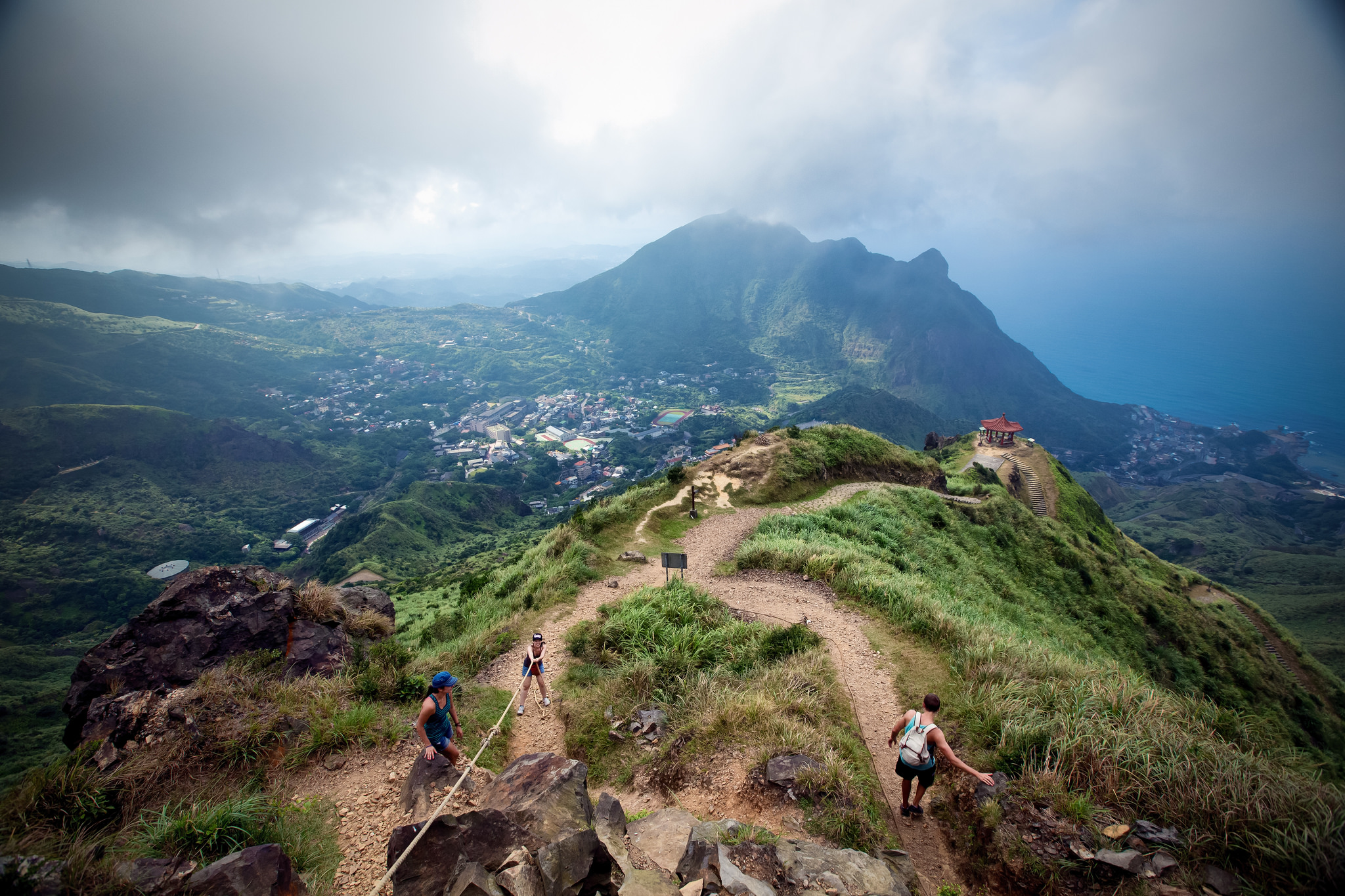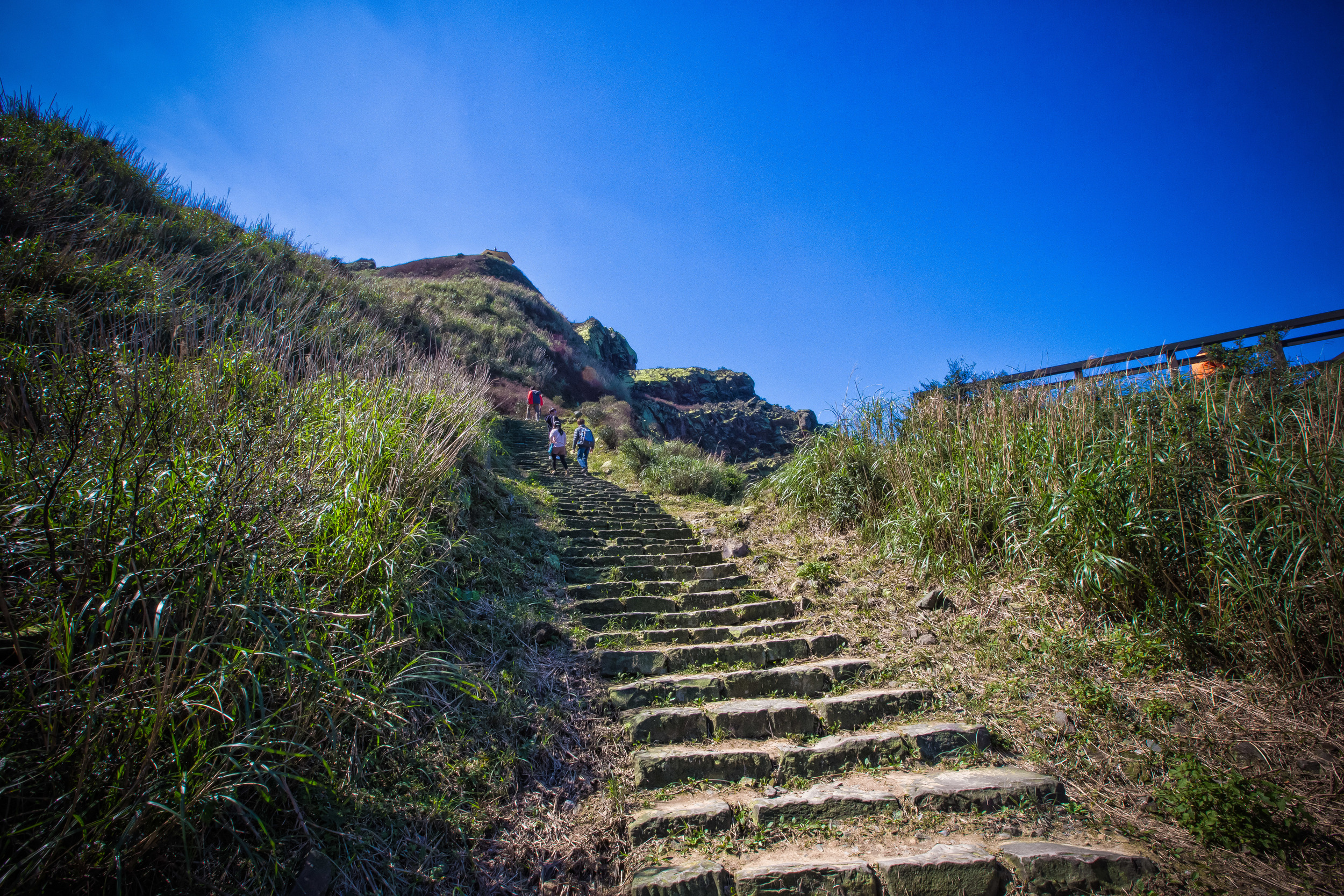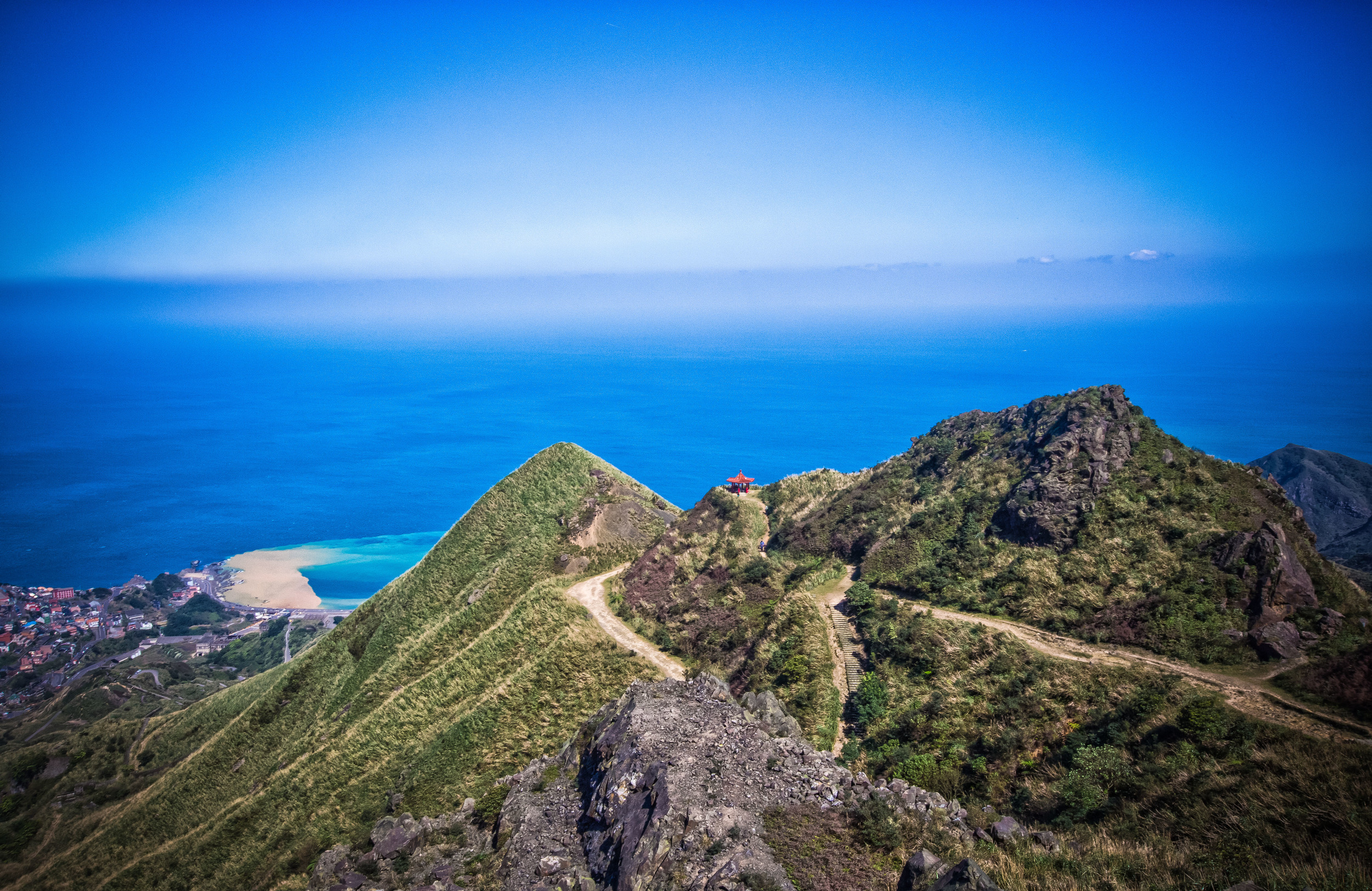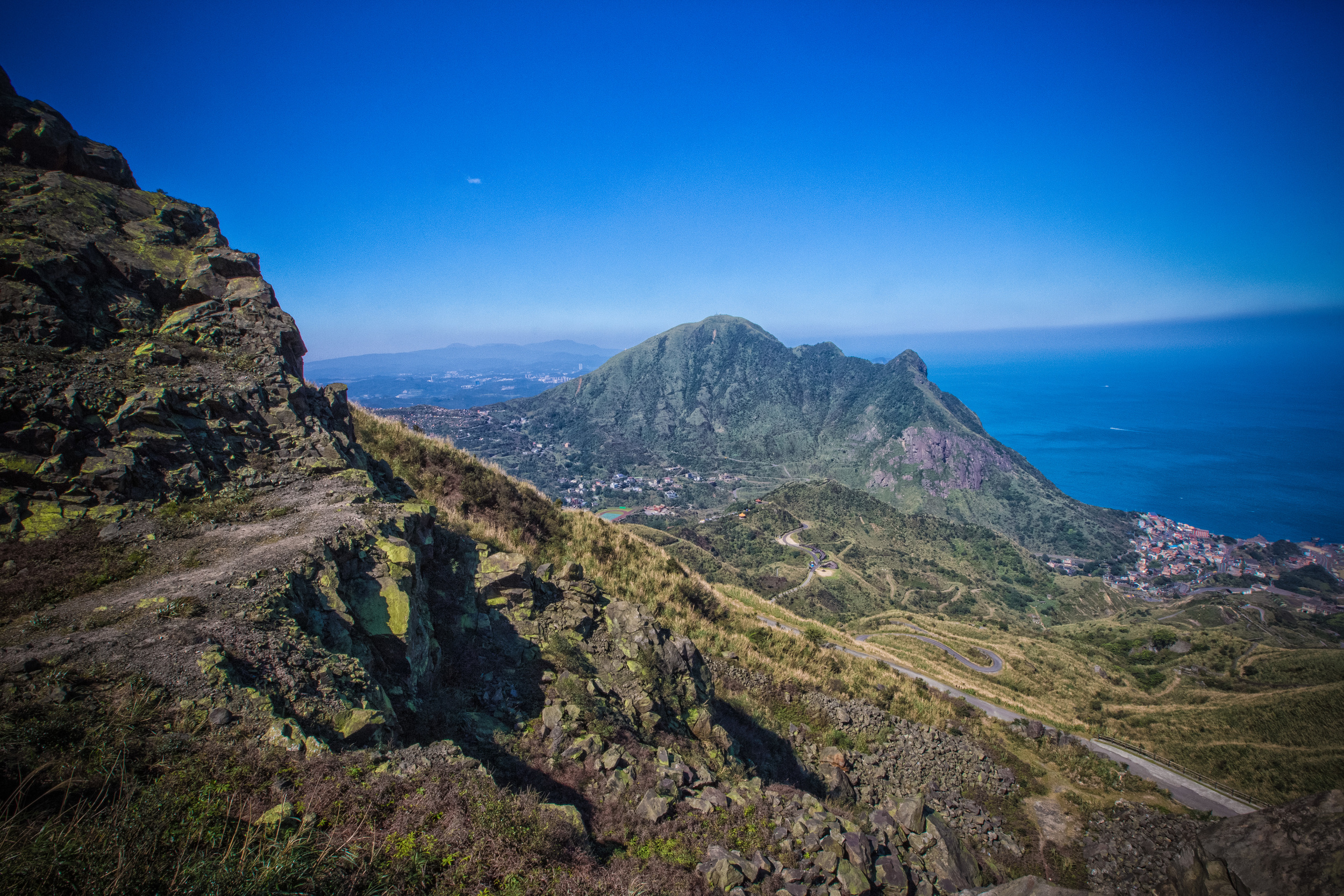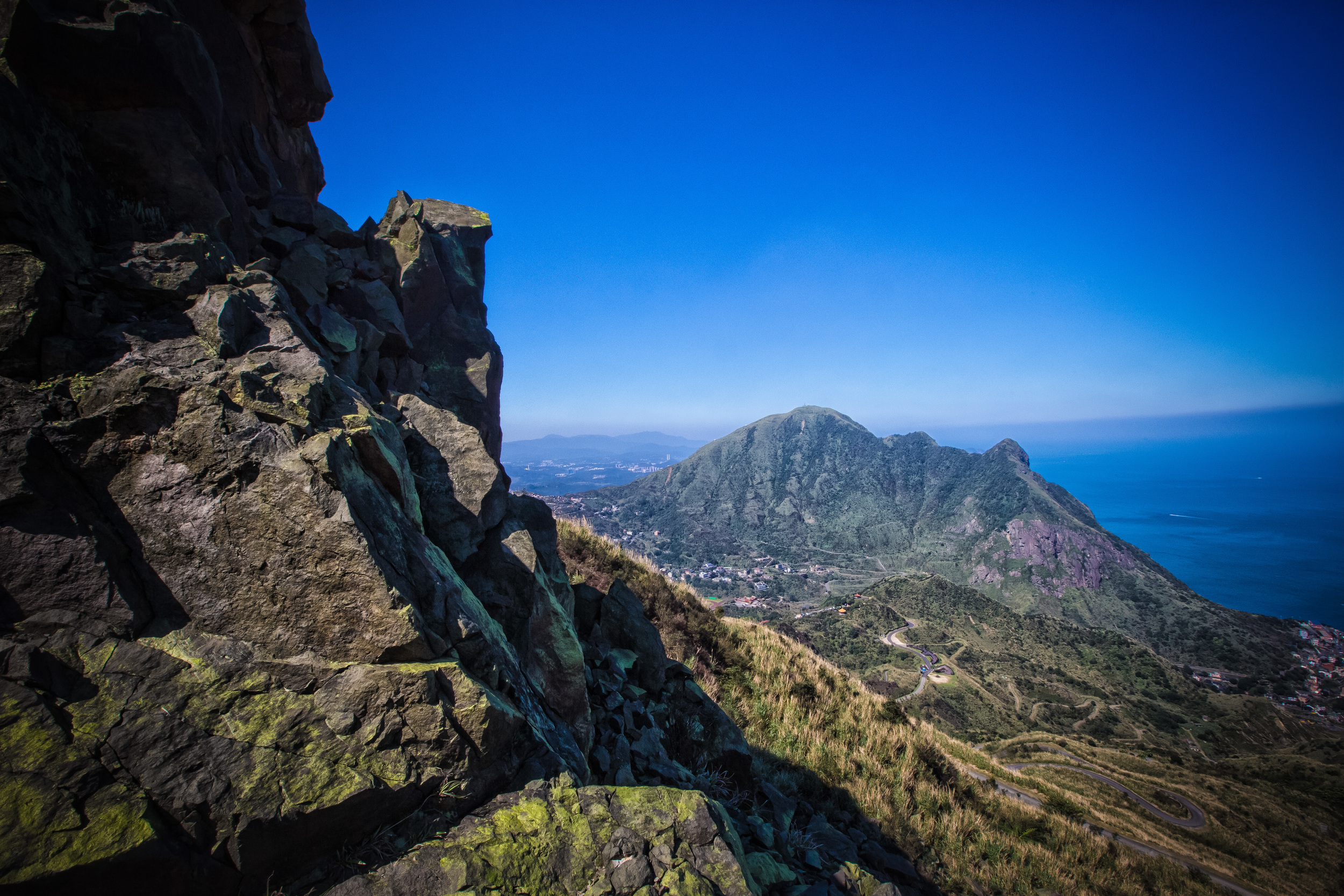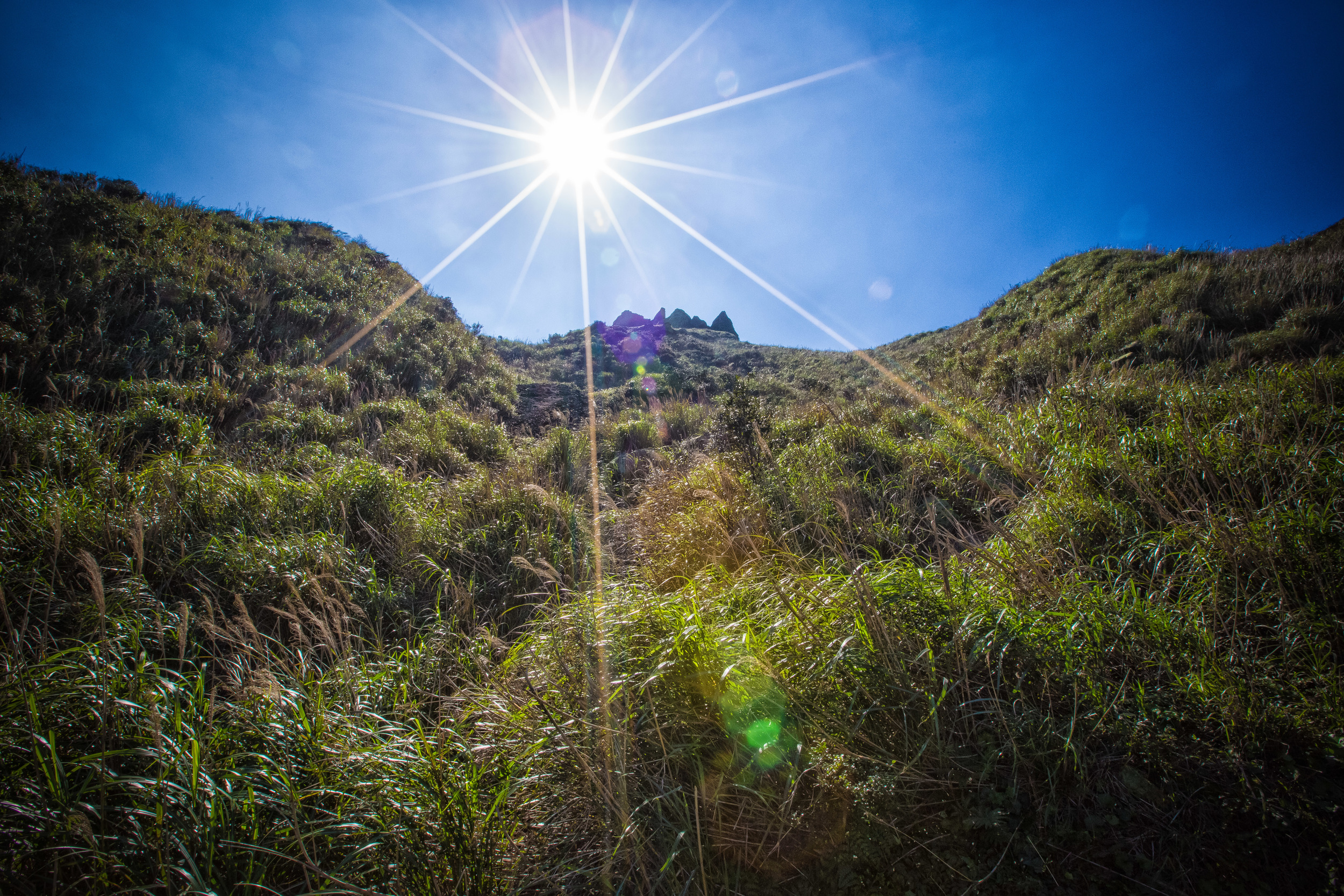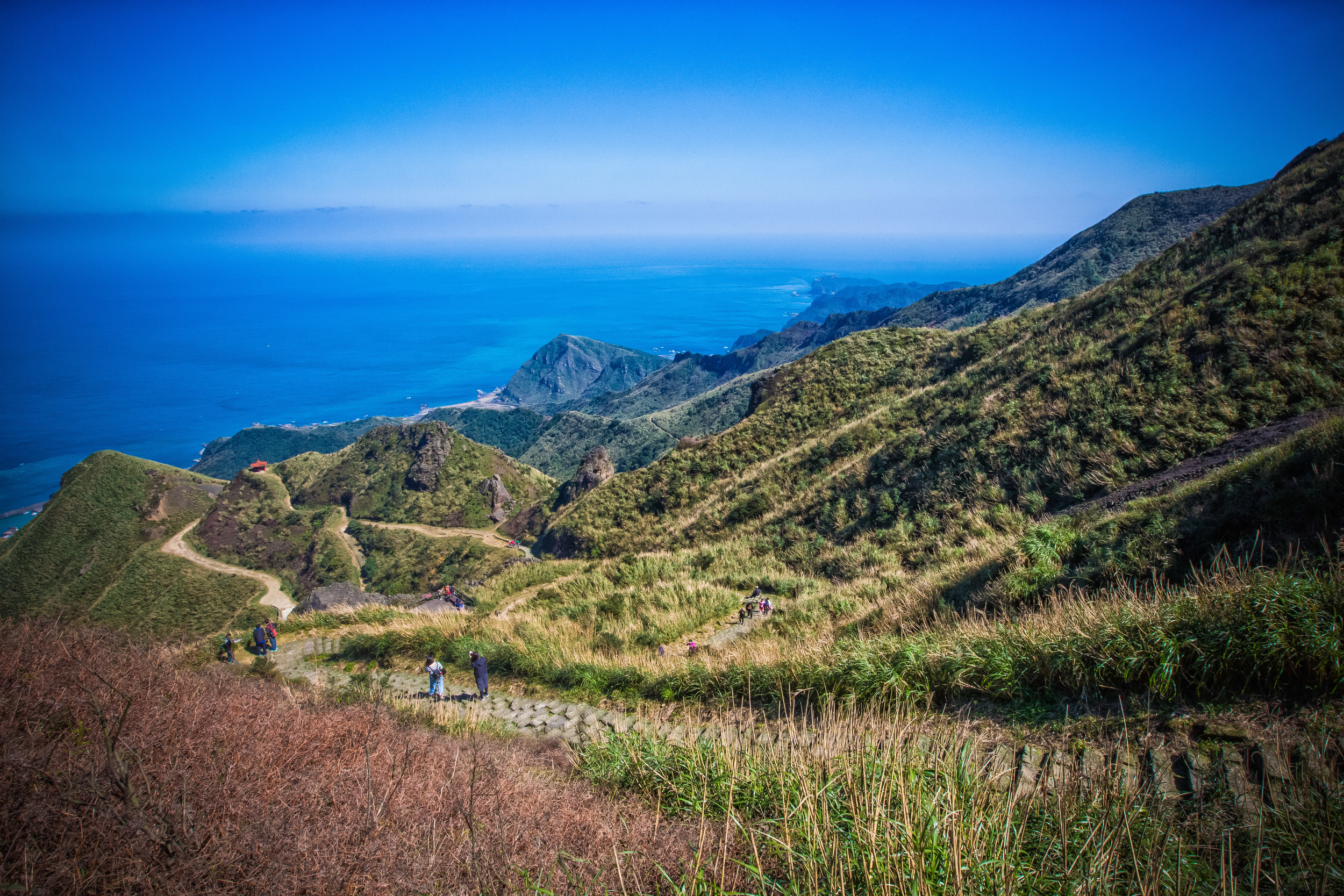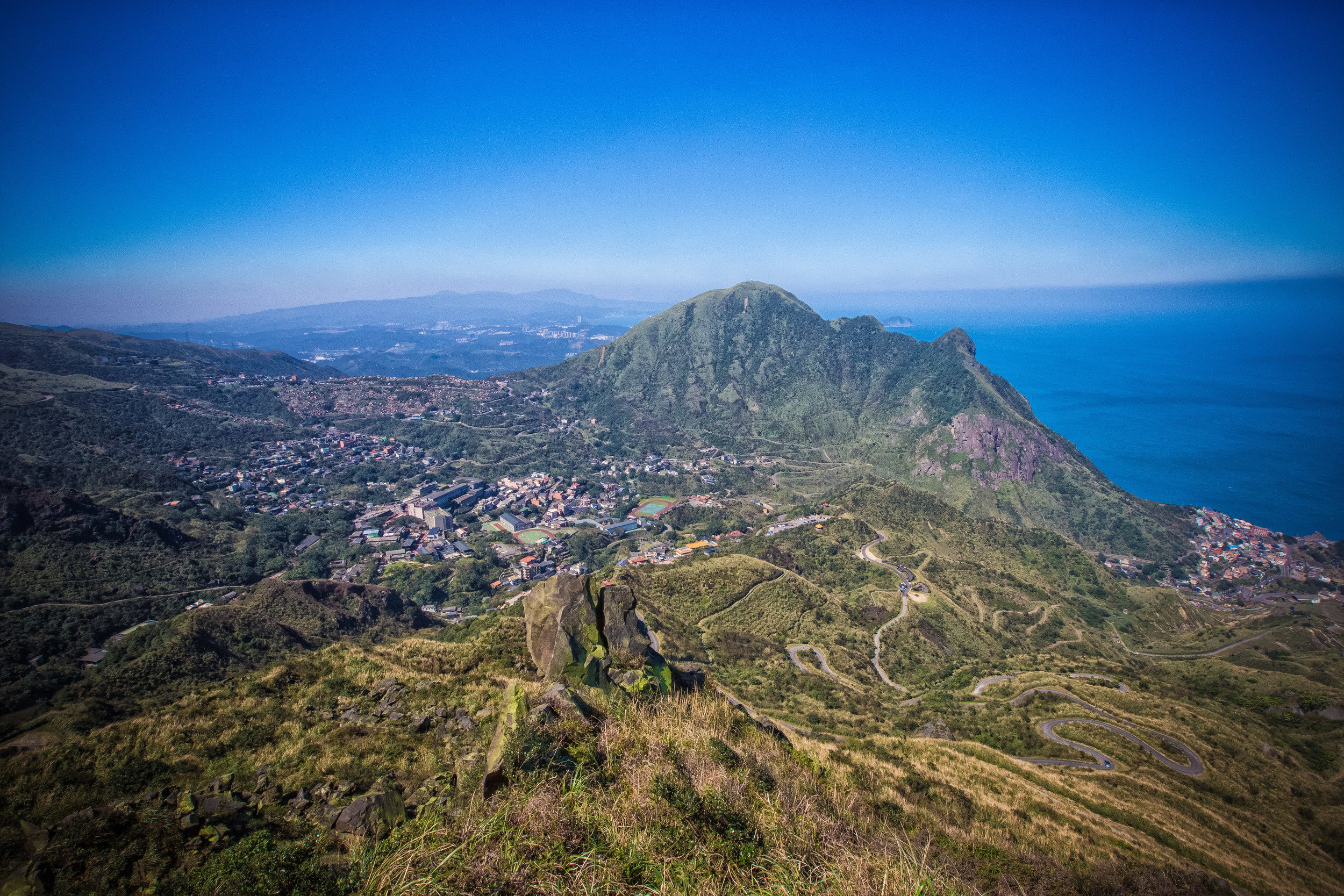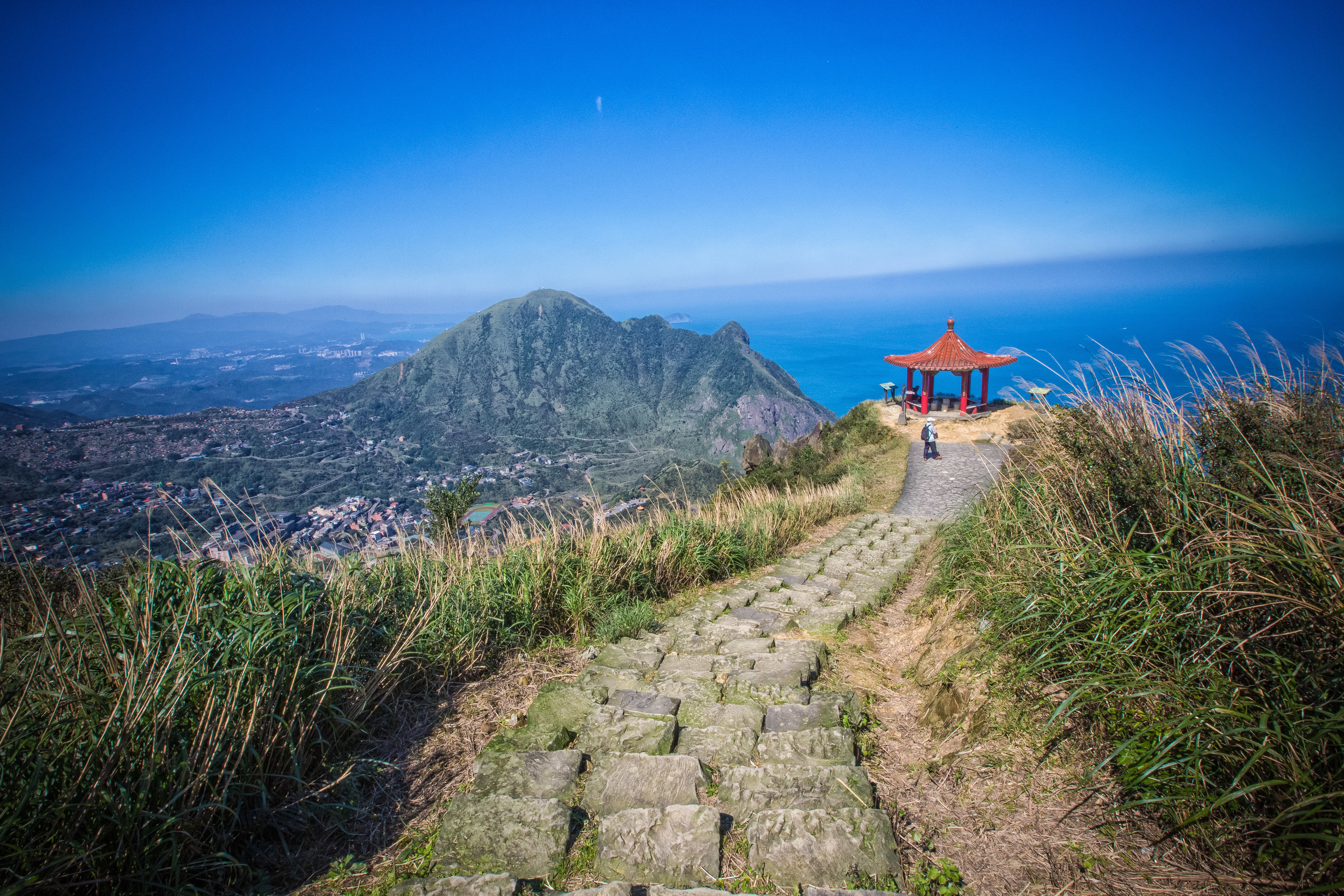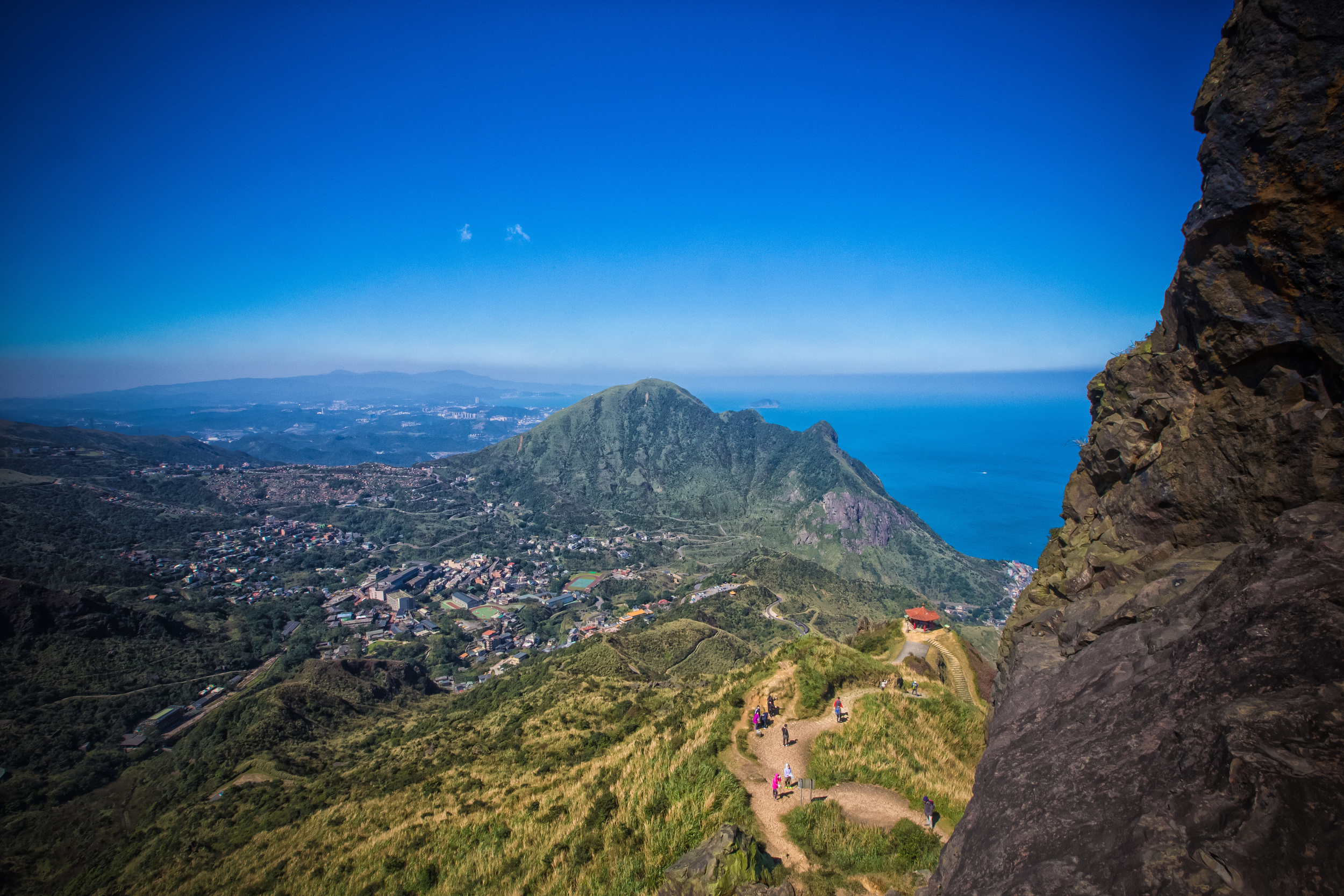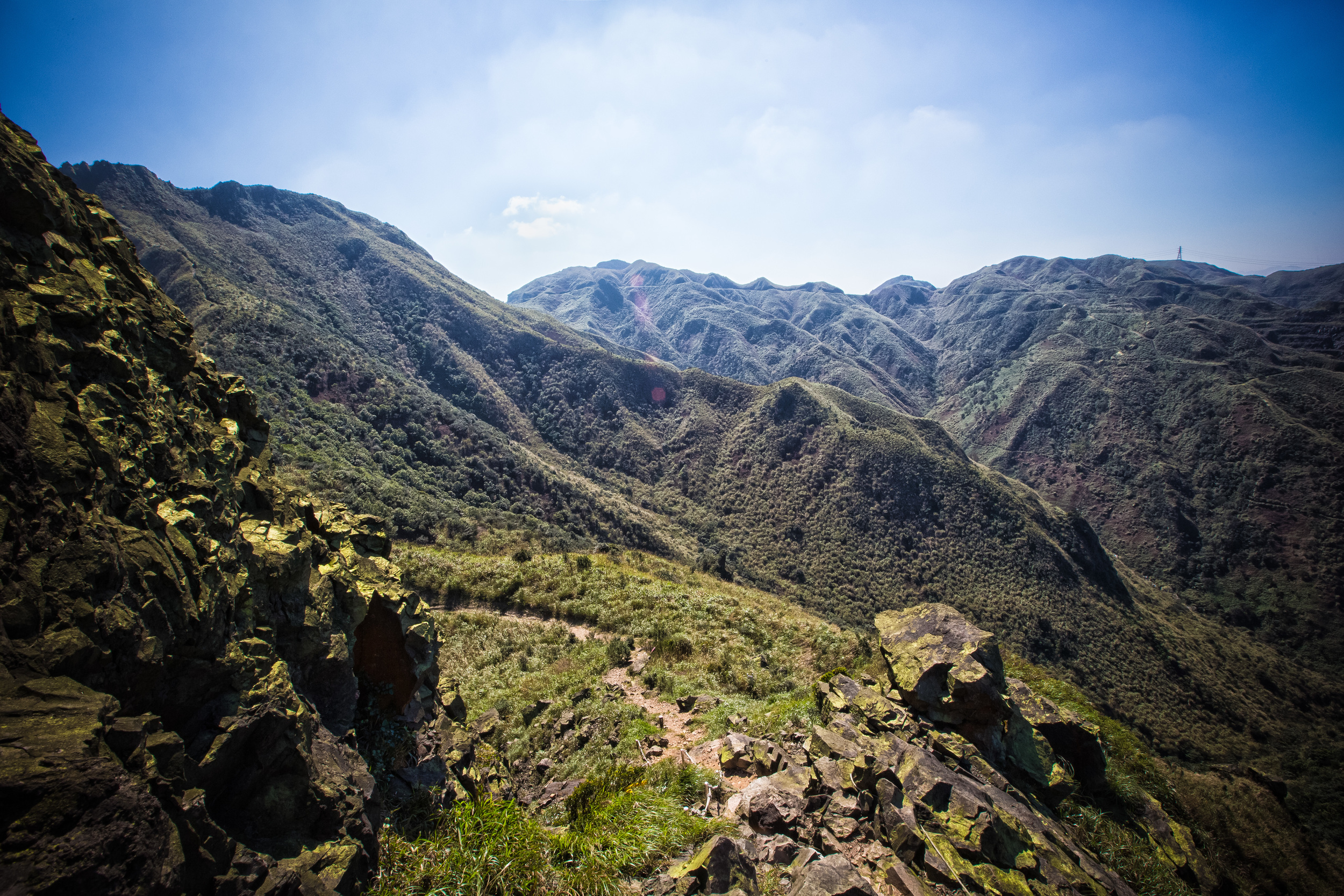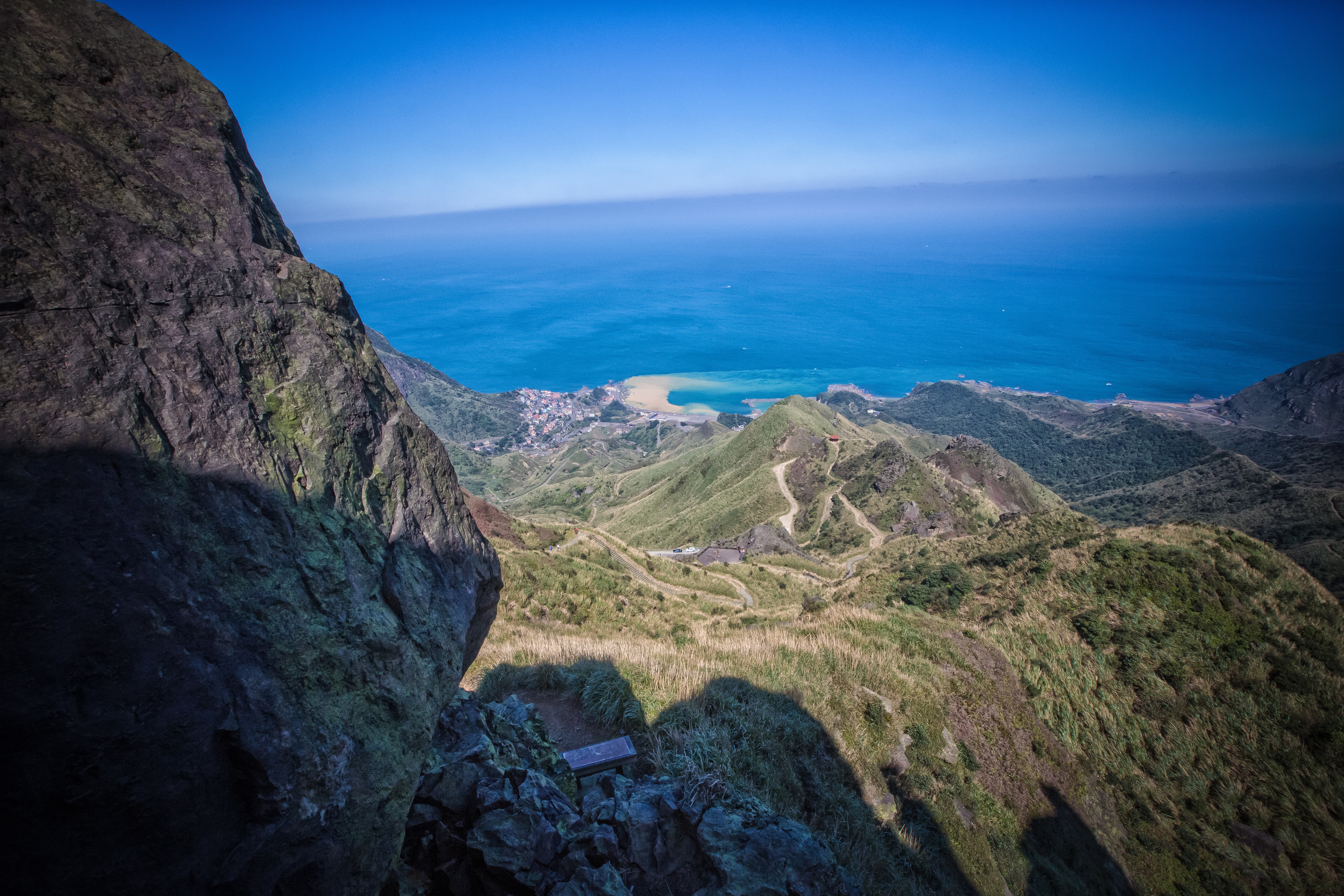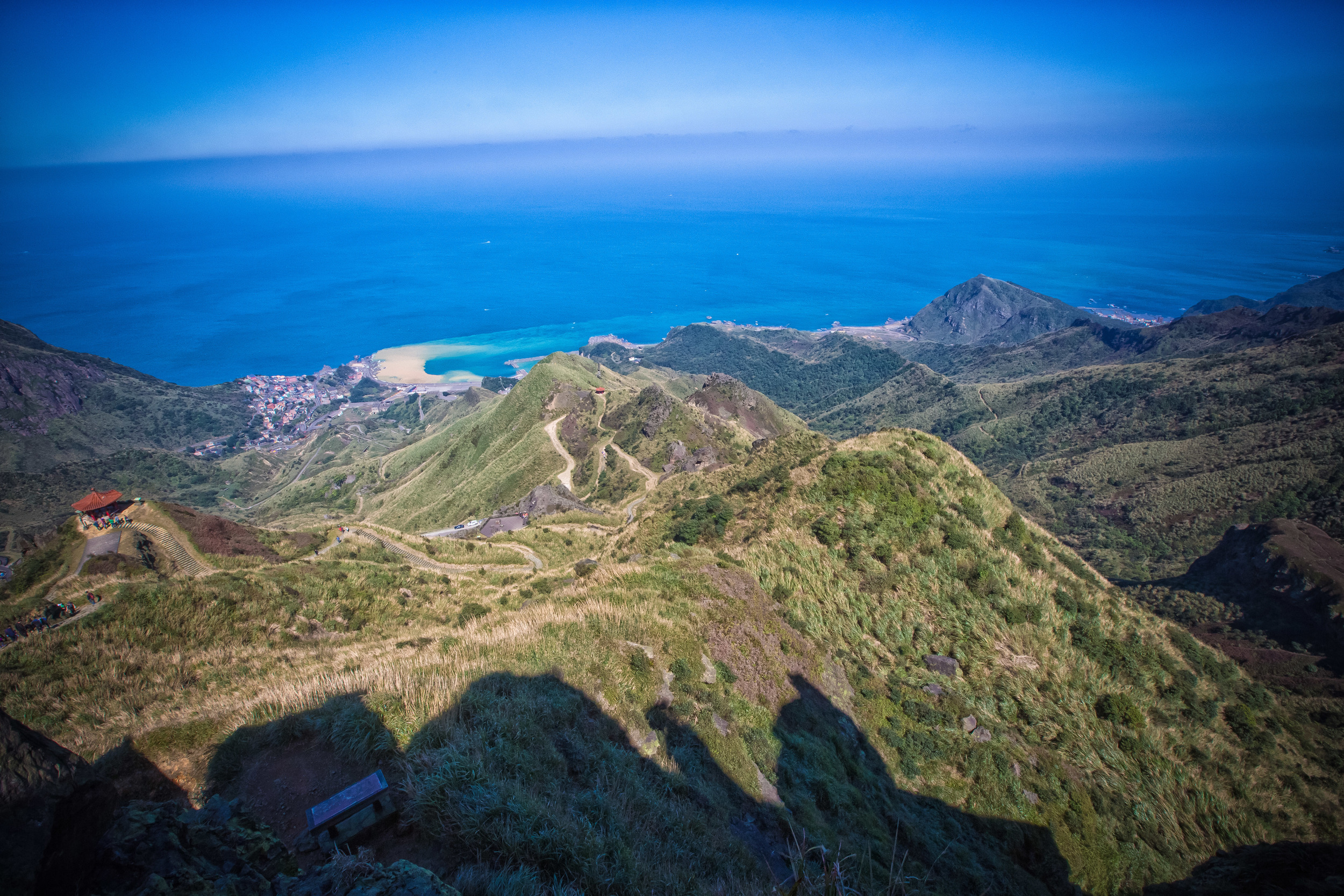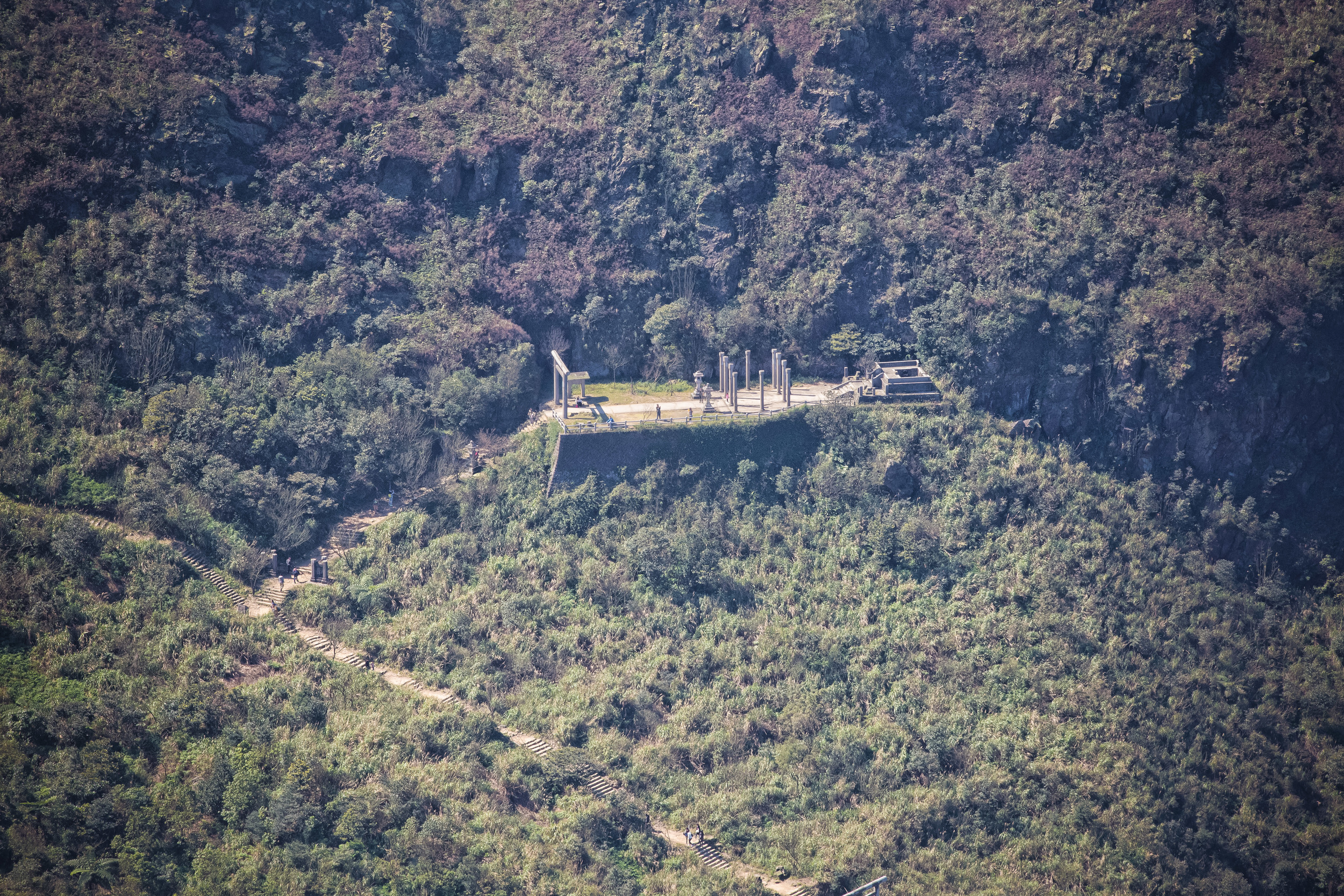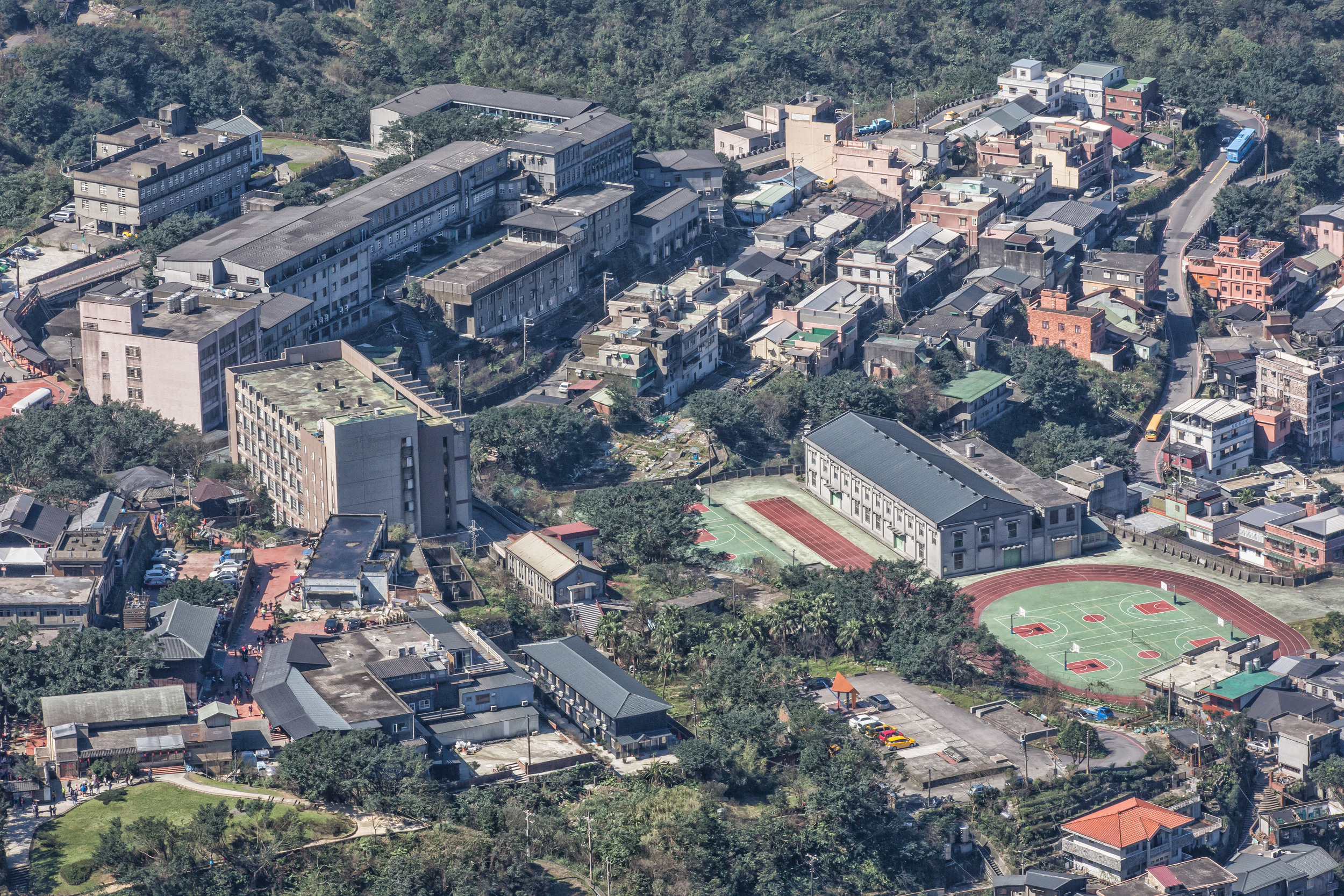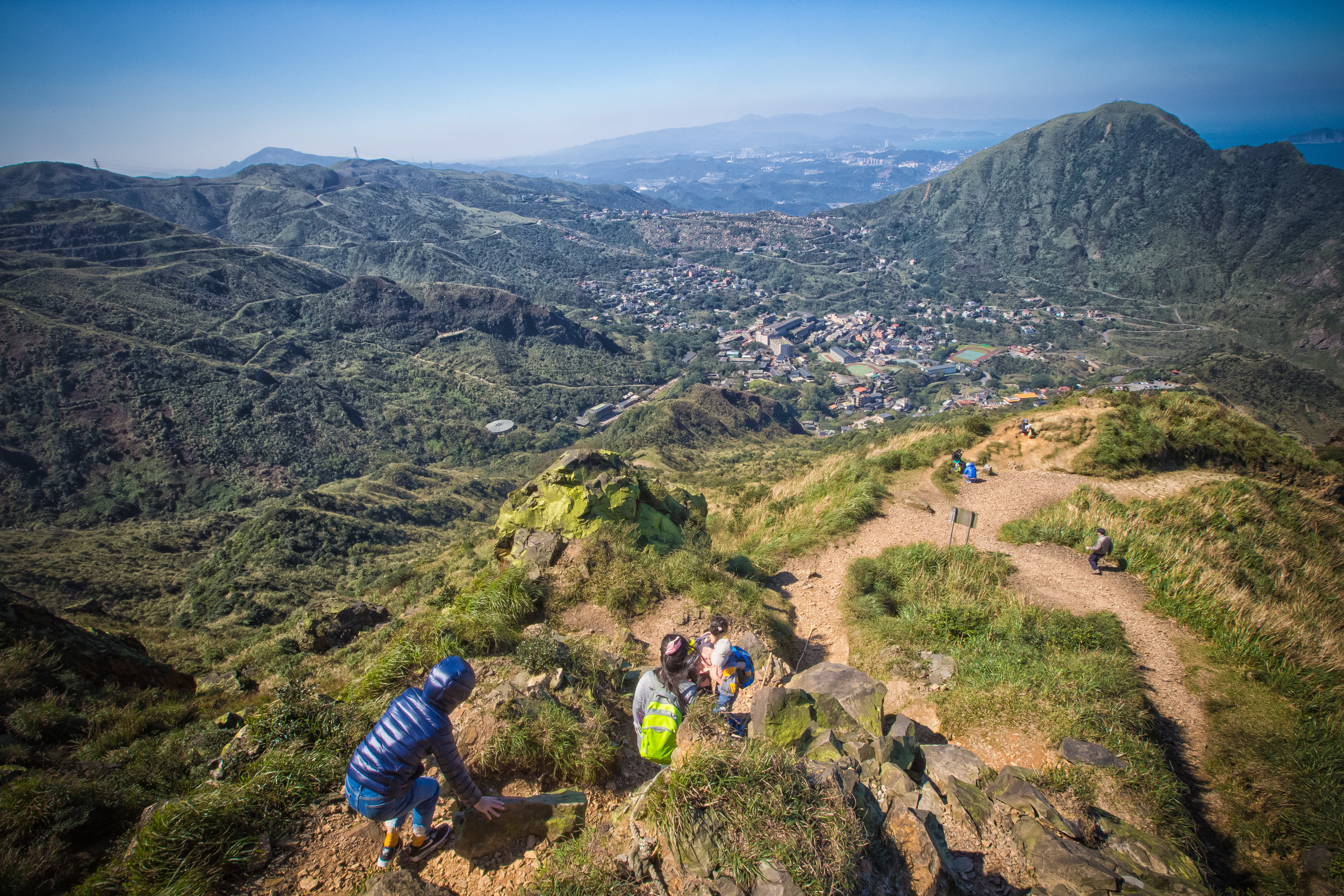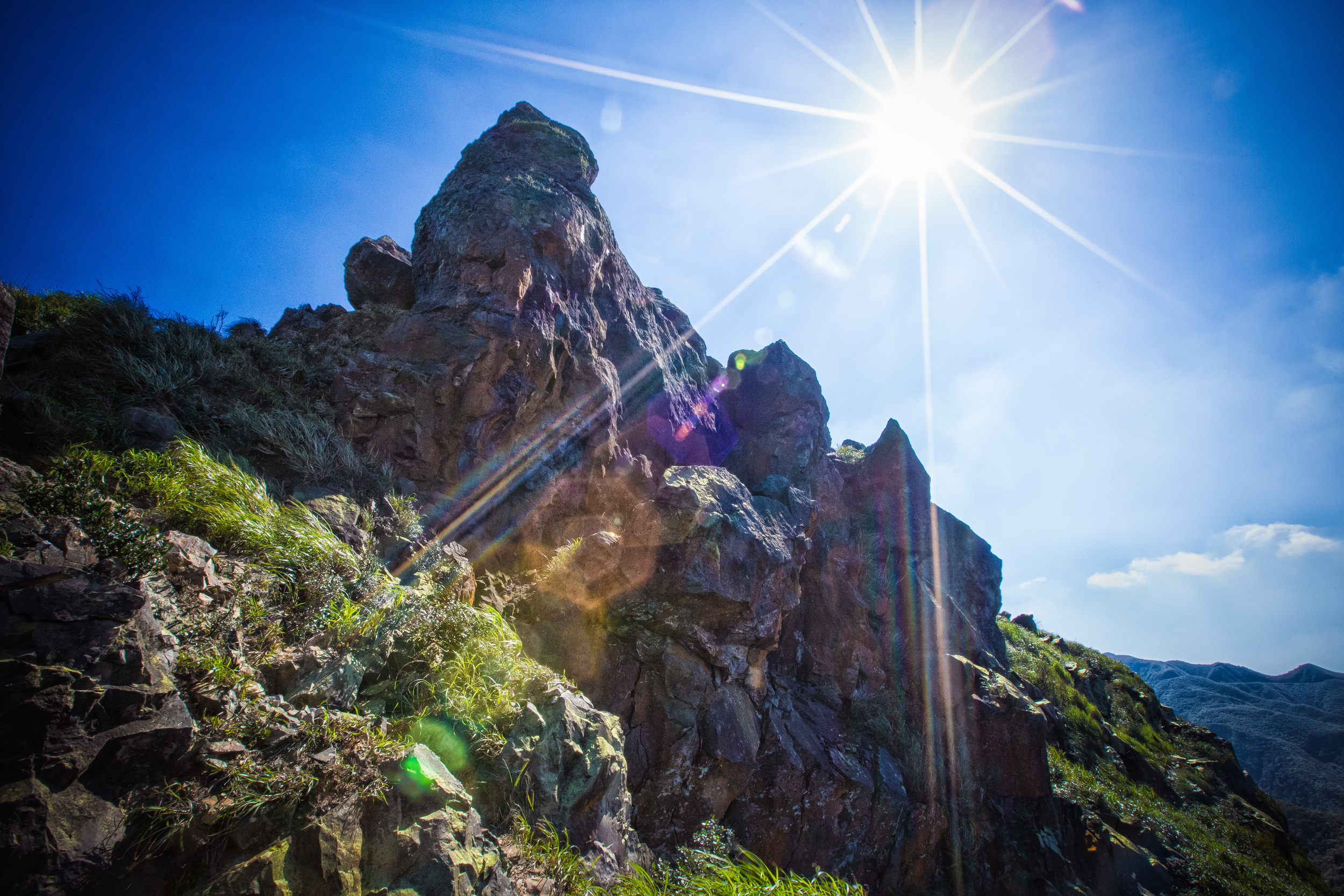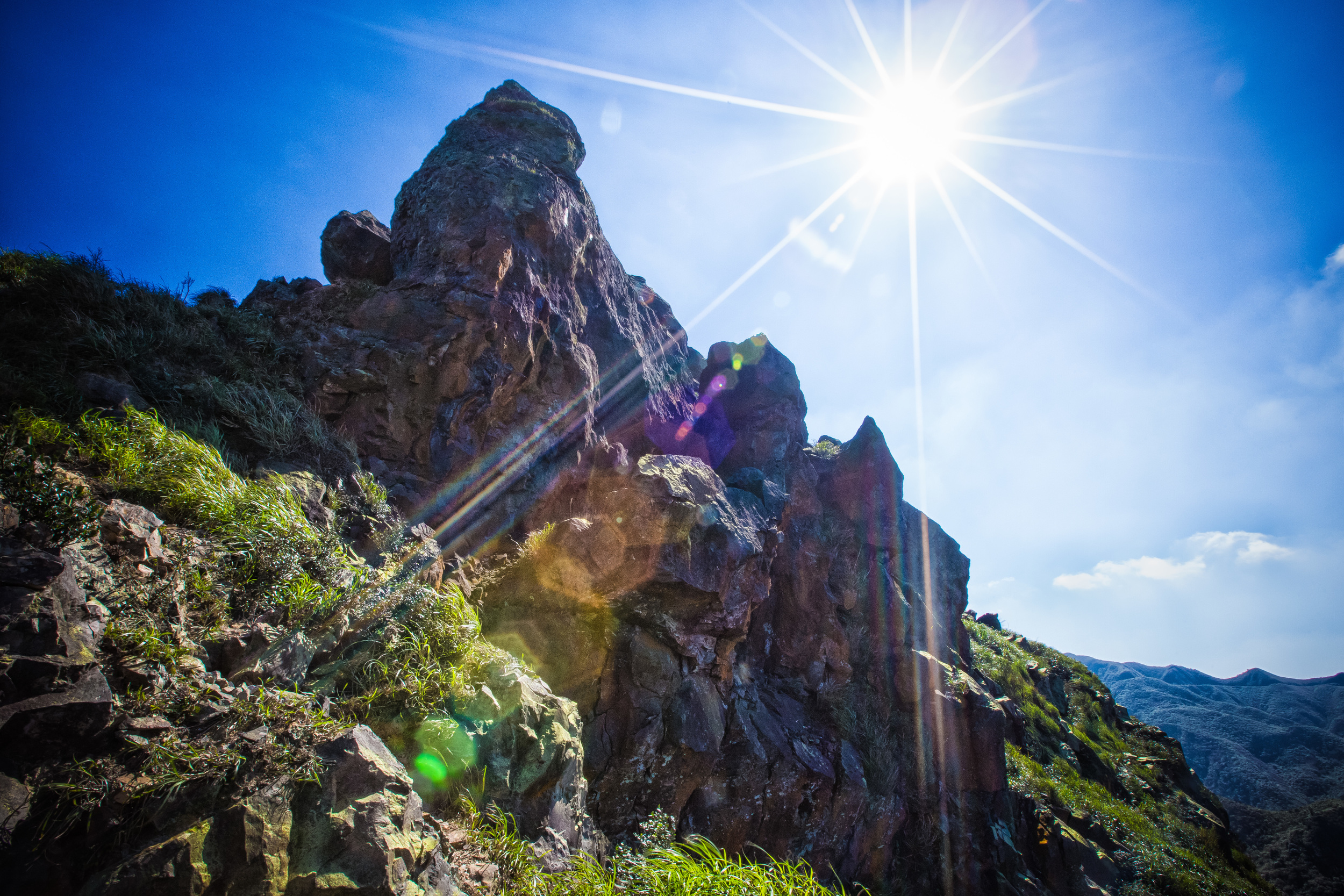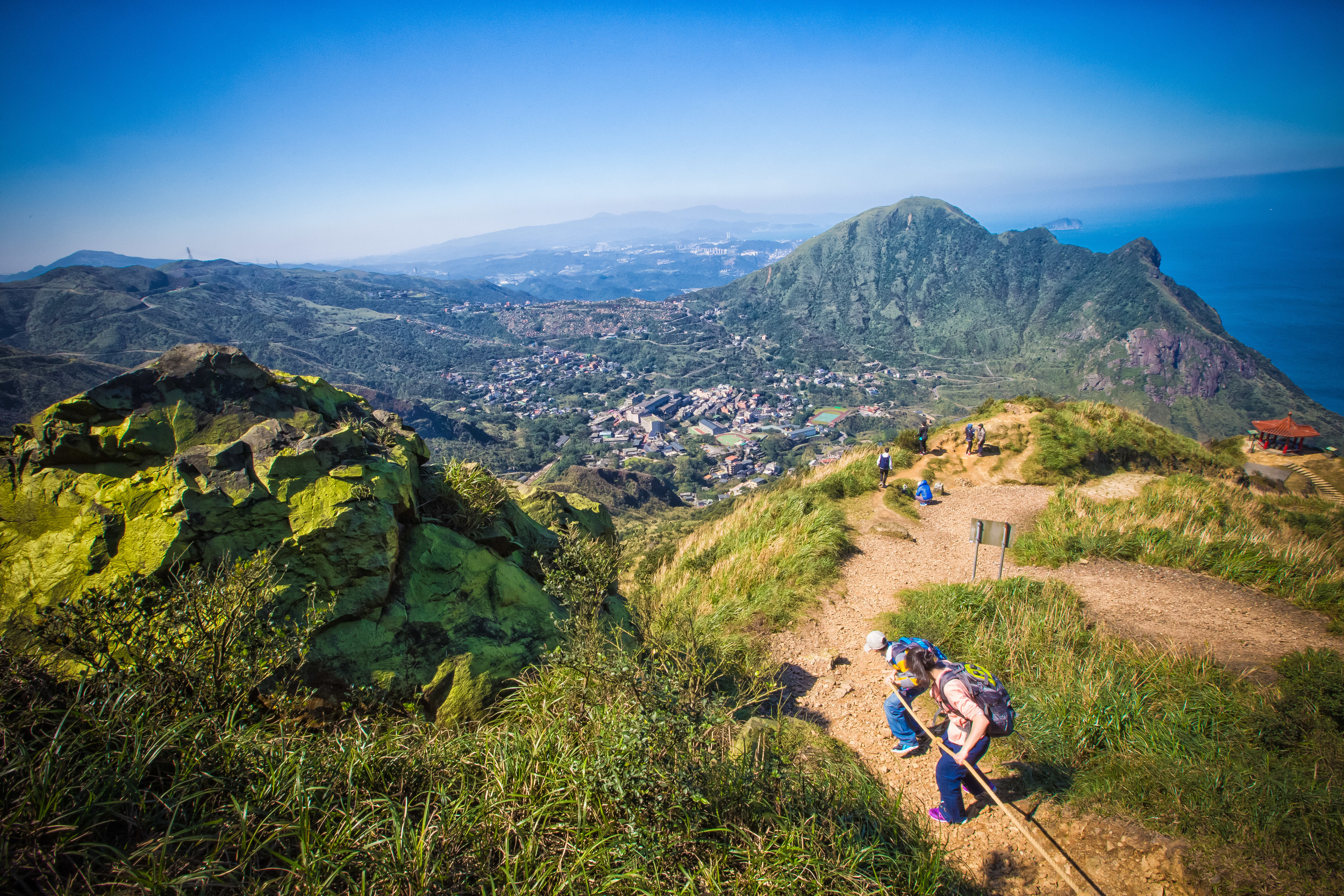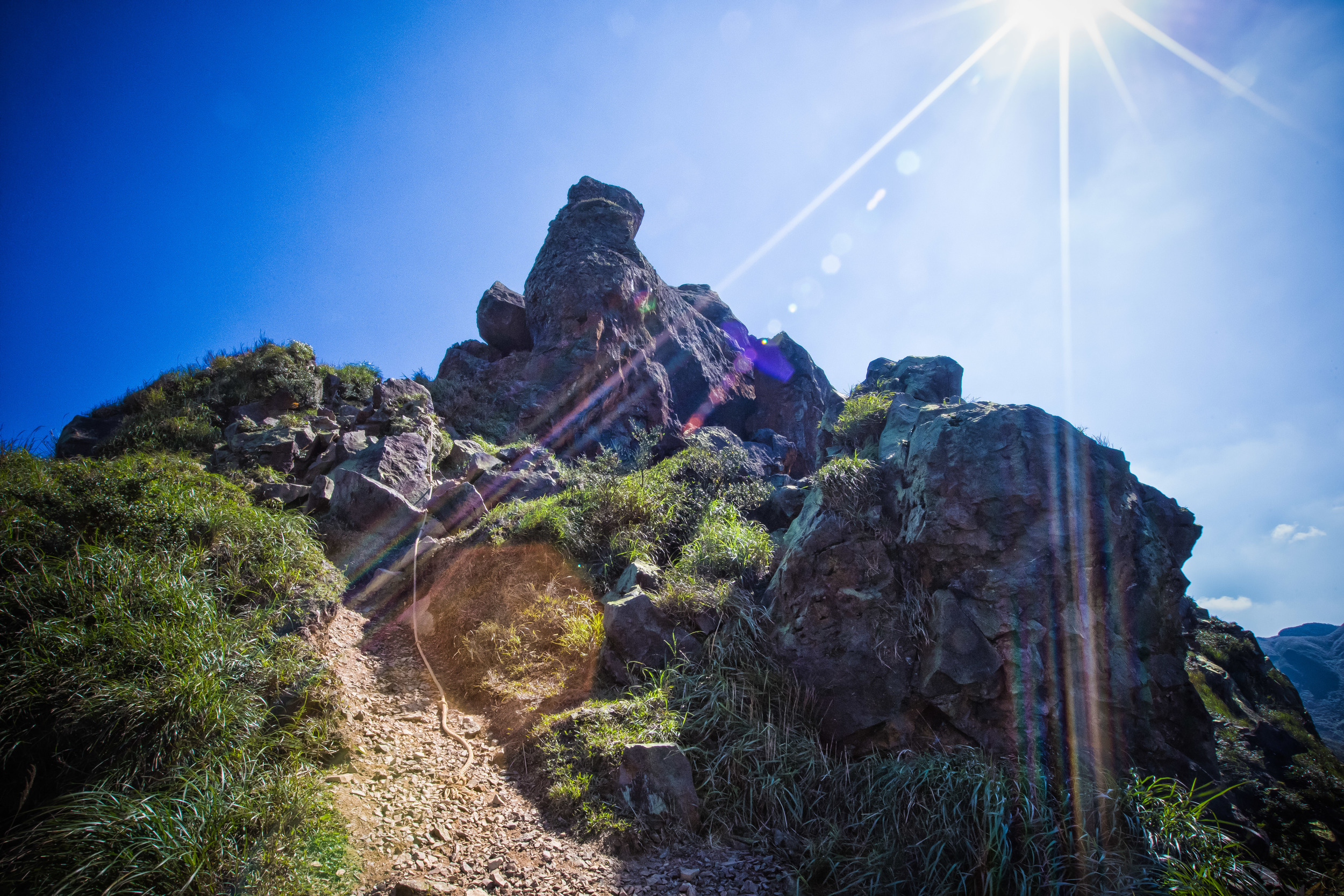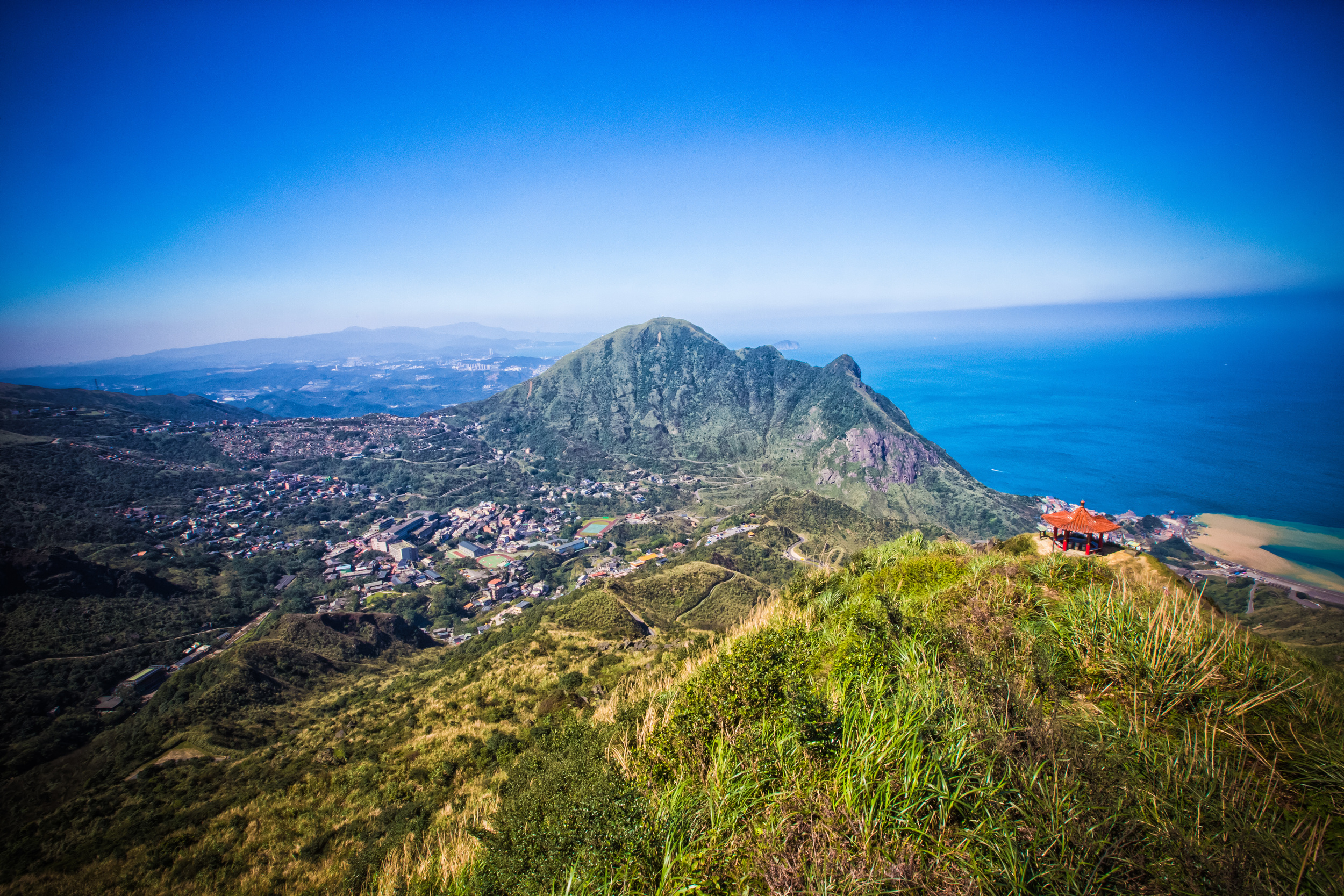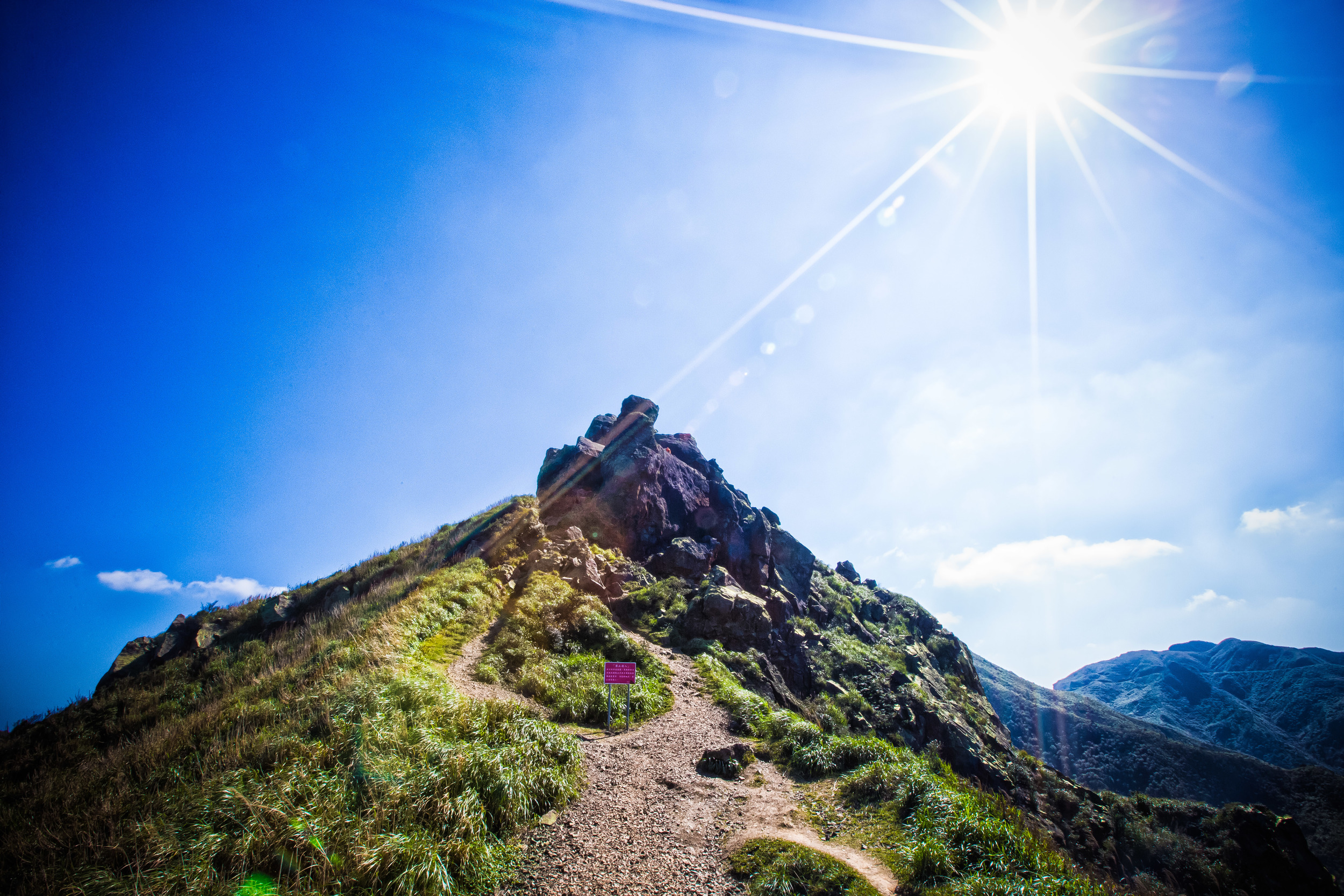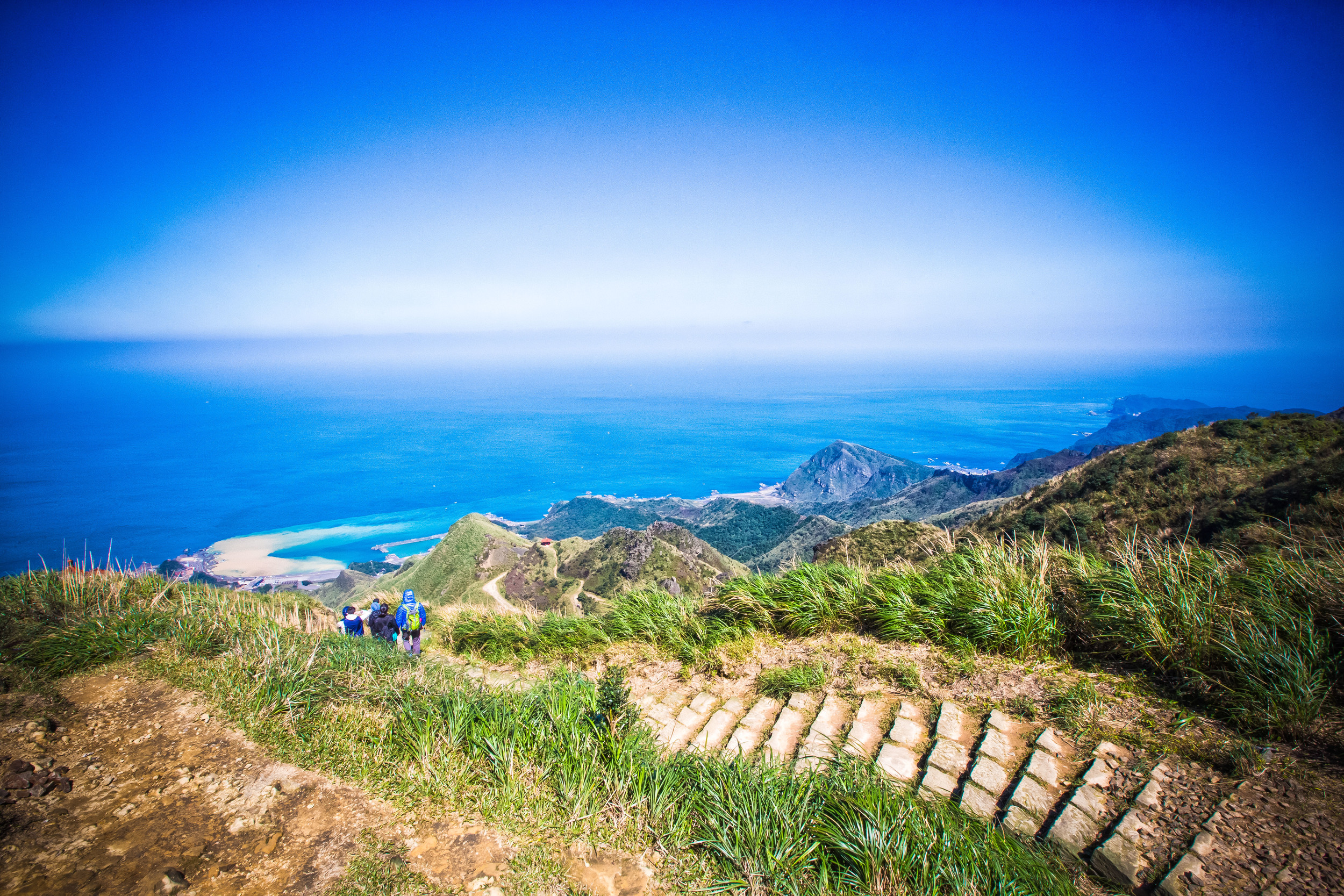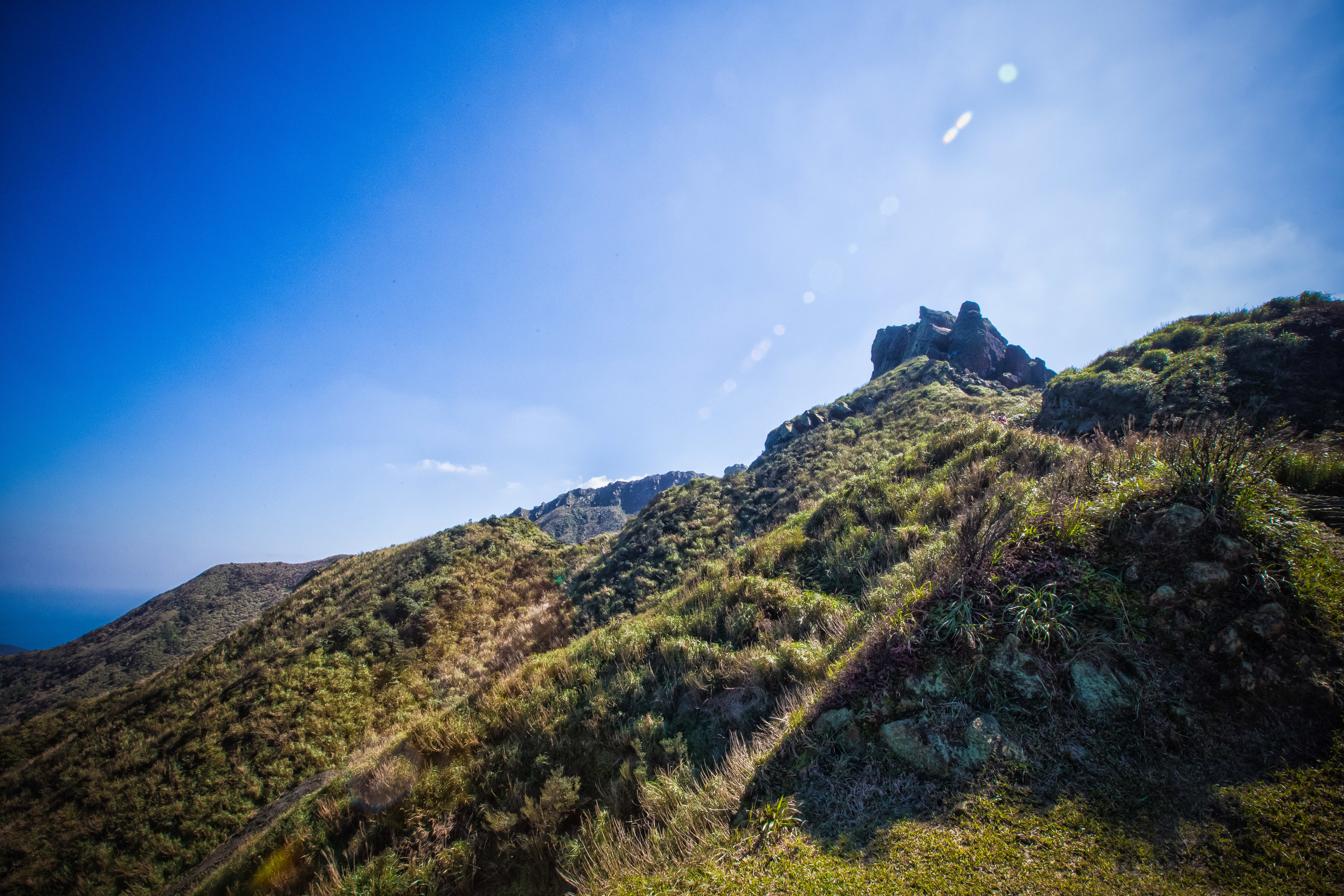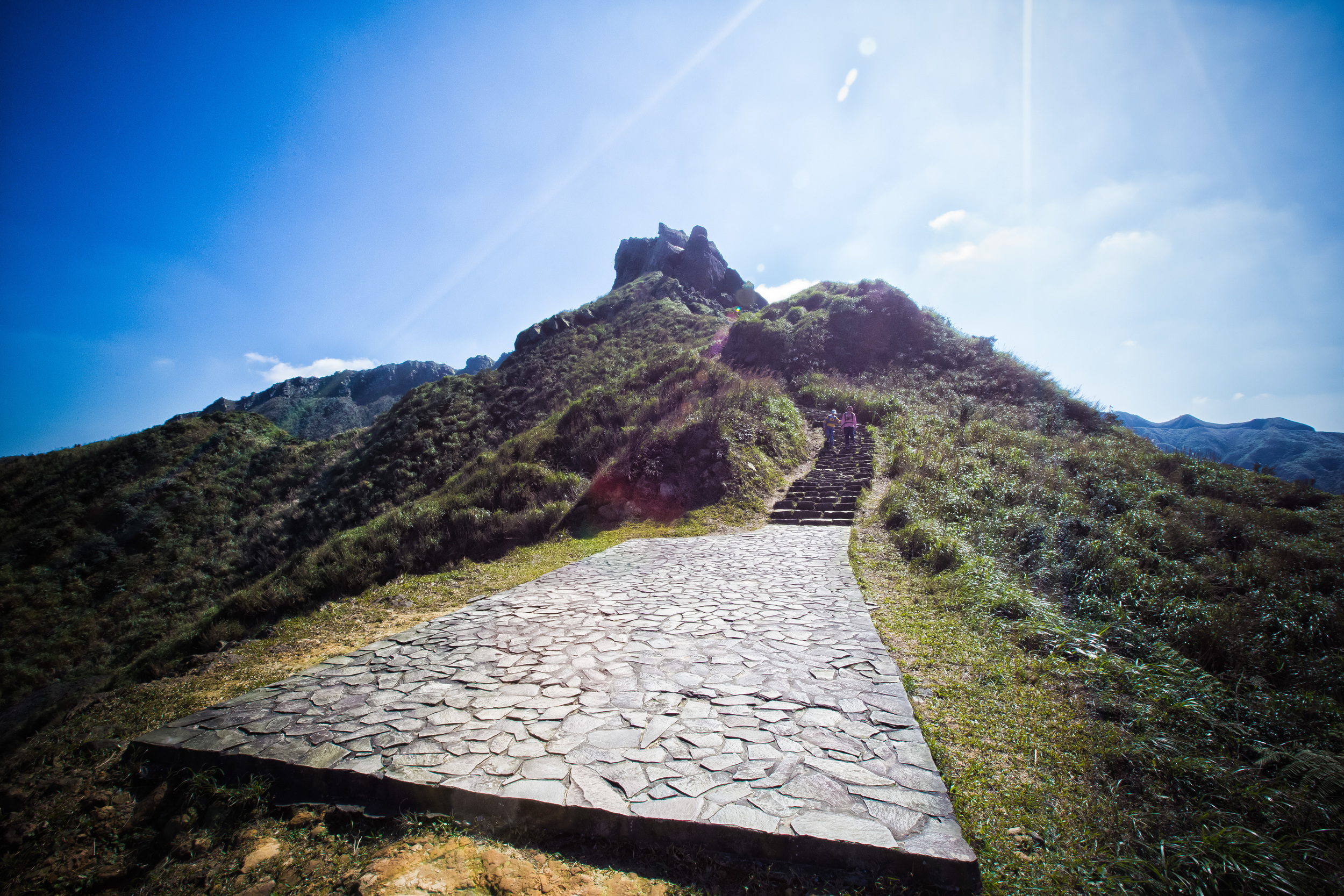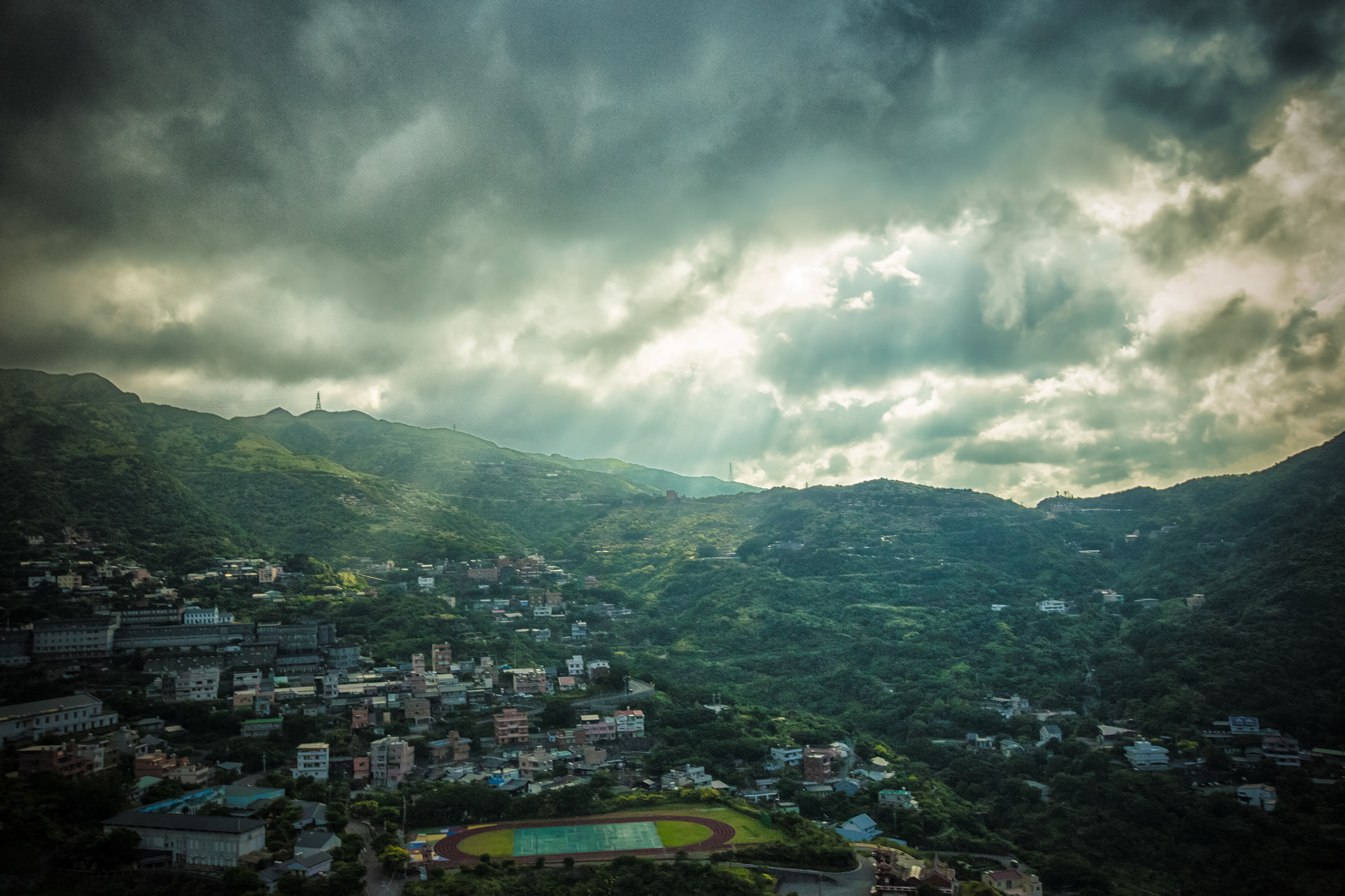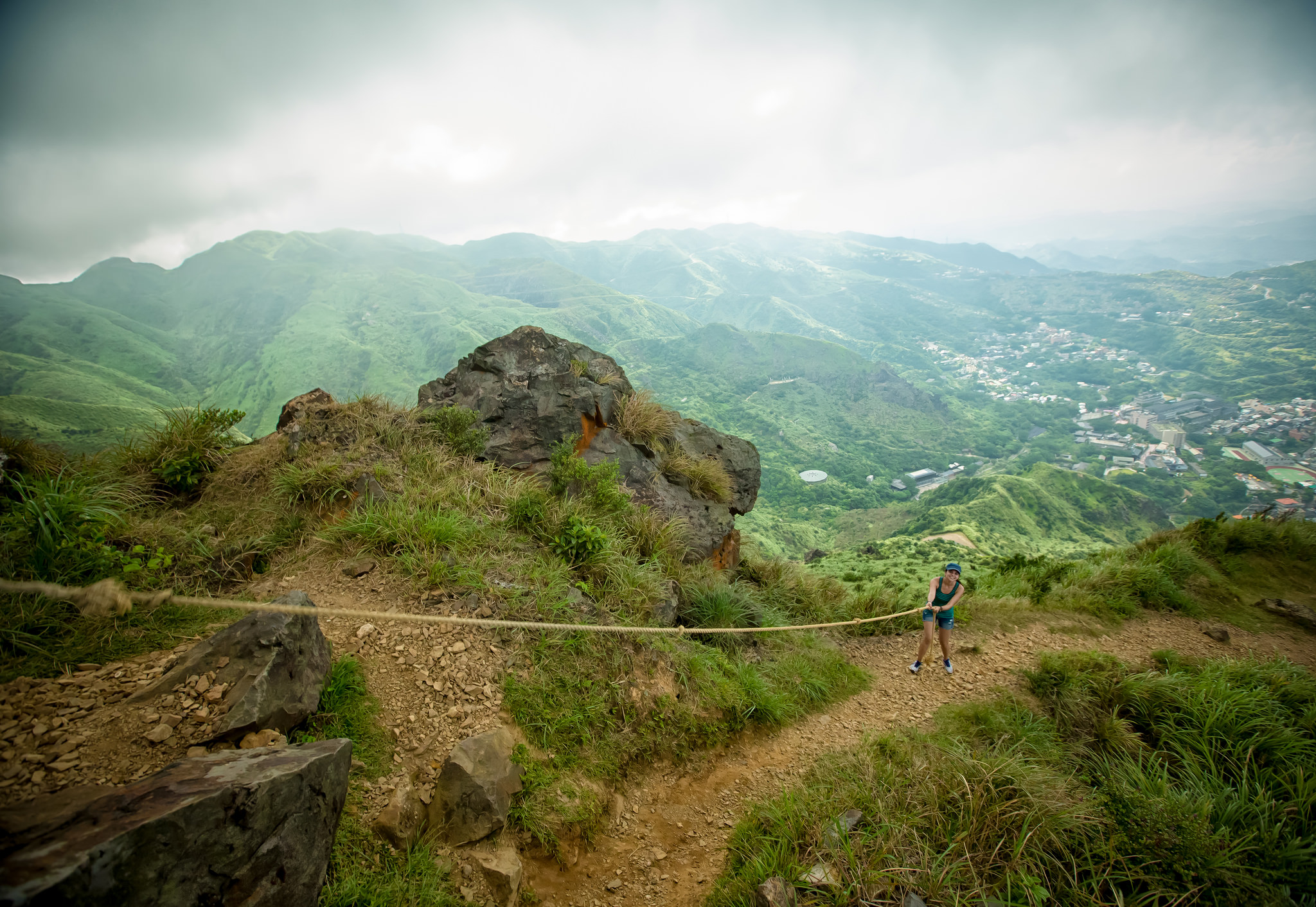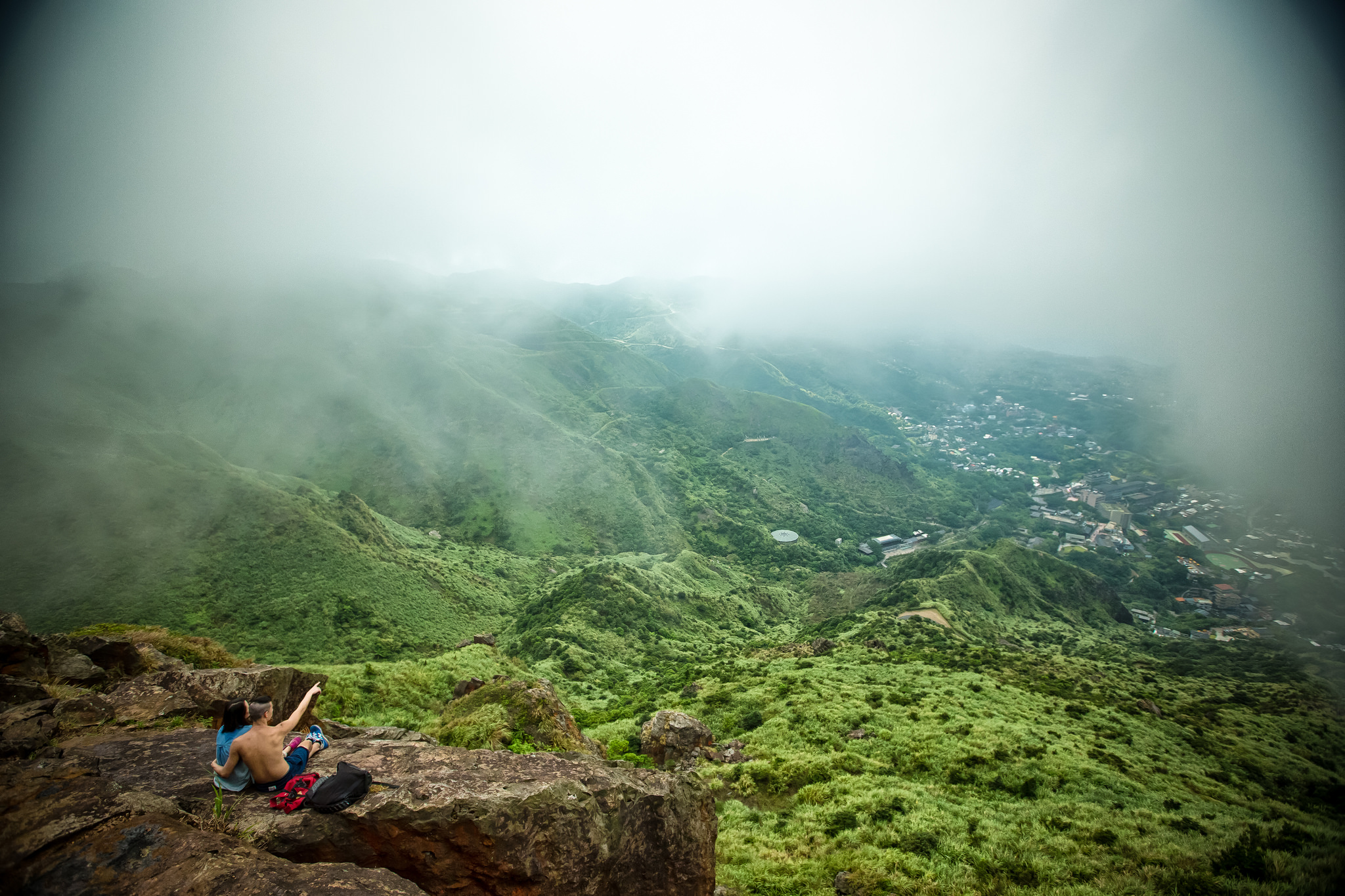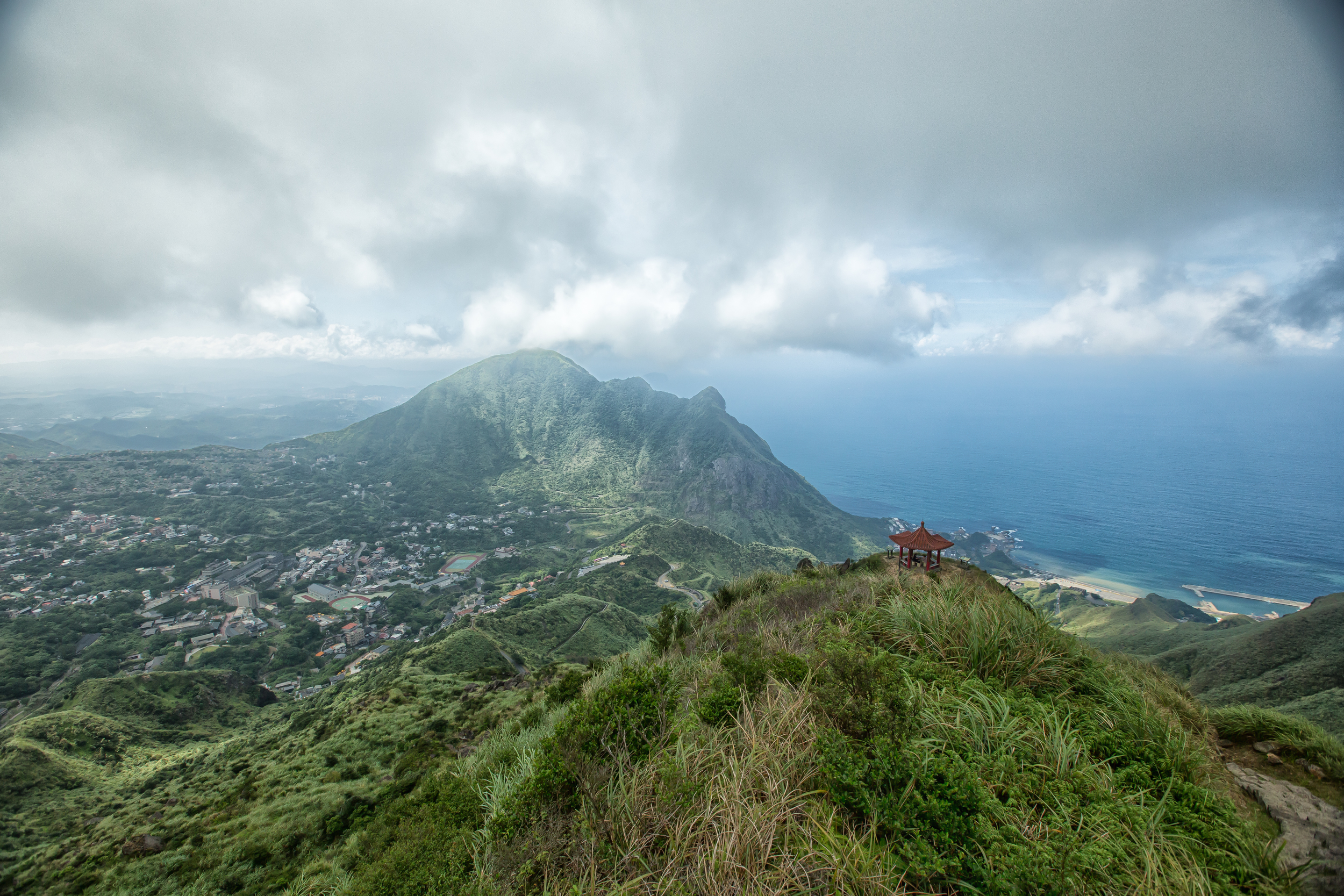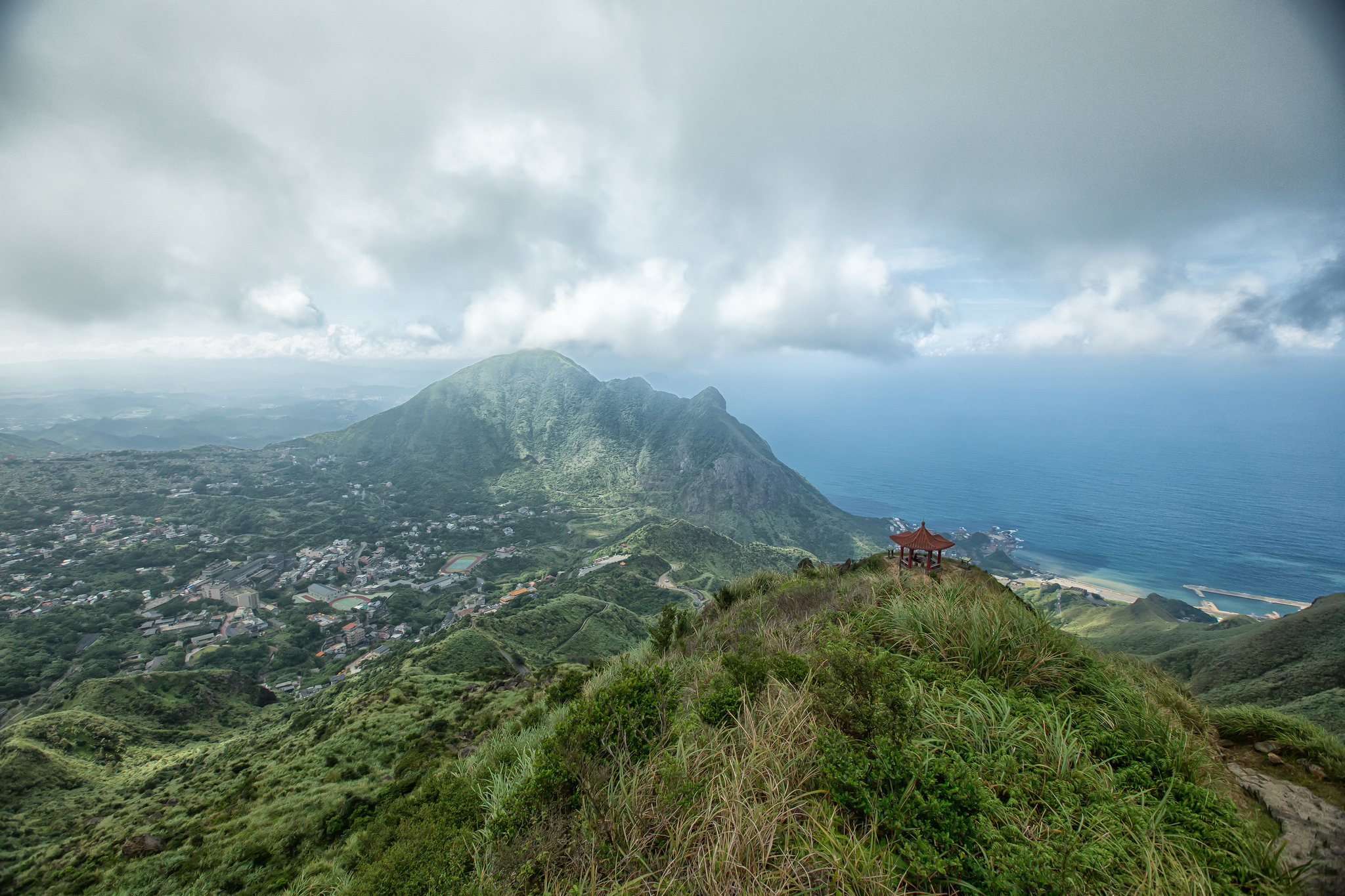A week or so ago my friends and I went on an all-expense paid day-trip to Miaoli which had us relaxing and chatting on a nice comfy bus all the way to Nanzhuang village (南庄) - a popular tourist spot with a Hakka old street and the ancestral home of the Say-Siyat indigenous people (賽夏族)
We started the day learning about Say-Siyat culture at a museum dedicated to the tribe and their history, then enjoyed some time at a mountain-top lake before heading down to have dinner at a Hakka restaurant and then making our way to the Nanzhuang Old Street. Today's post won't be about all of that though, it's just going to be a short one about Hsiang-Tian Lake, one of the destinations on the trip.
Hsiang-Tian Lake (向天湖) which is also known in Hakka as "Yang-Tian Lake" (仰天湖) is a small lake on a mountain at an elevation of 738 meters above sea level. The rare mountain-top lake is surrounded by mountains and due to its elevation is often foggy or misty which makes it appear mysterious. The water in the lake has an odd green tint to it and the colour of the trees surrounding the lake change with the seasons. The lake is thus a popular tourist site and because of that coffee shops, small restaurants and stalls have been set up around it to cater to tourists.
Hundreds of years ago the lake was actually much larger and deeper than it is today - however due to some erosion that took place on the Great East River (大東河) tributary, some of the water receded and land appeared where there was originally water. This new land became an important area for the indigenous tribe to make their homes due to the fertile soil and next to a water source.
Today, the lake continues to be an important place for the Say-Siyat people and is home to their largest tribe. There is a museum near the lake that chronicles the history of the indigenous group and their culture. Near the lake and the museum there is a large field that holds a festival every two years (as well as a larger one every ten years) called the "Bas-ta'ai" or "The Sacrifice to the Short Spirits" (矮靈祭) which is a three-day festival that has a lot of activities, great food and traditional dancing to honour the "short spirits" at the end of the yearly harvest.
The photos of the lake that I'm posting today were taken with the idea that I would make an attempt to honour what the Sai-Siyat people respected it for - the reflection of the sky. Most of the shots are 10-20 second exposures taken with a wide-angle lens and they capture pretty much the entire width of the lake with the reflection of the mountains and trees near behind it.
The beauty of the lake depends on the season you visit and it seems like most people are greeted by fog and mist. I was lucky on the day we went to have a somewhat clear day, but I was greedy and hoping for a day with blue skies! I hope that when the next "Bas-ta'ai" festival happens that I can visit again and that the weather will be better!
If you have any questions or comments don't be afraid to comment below.
